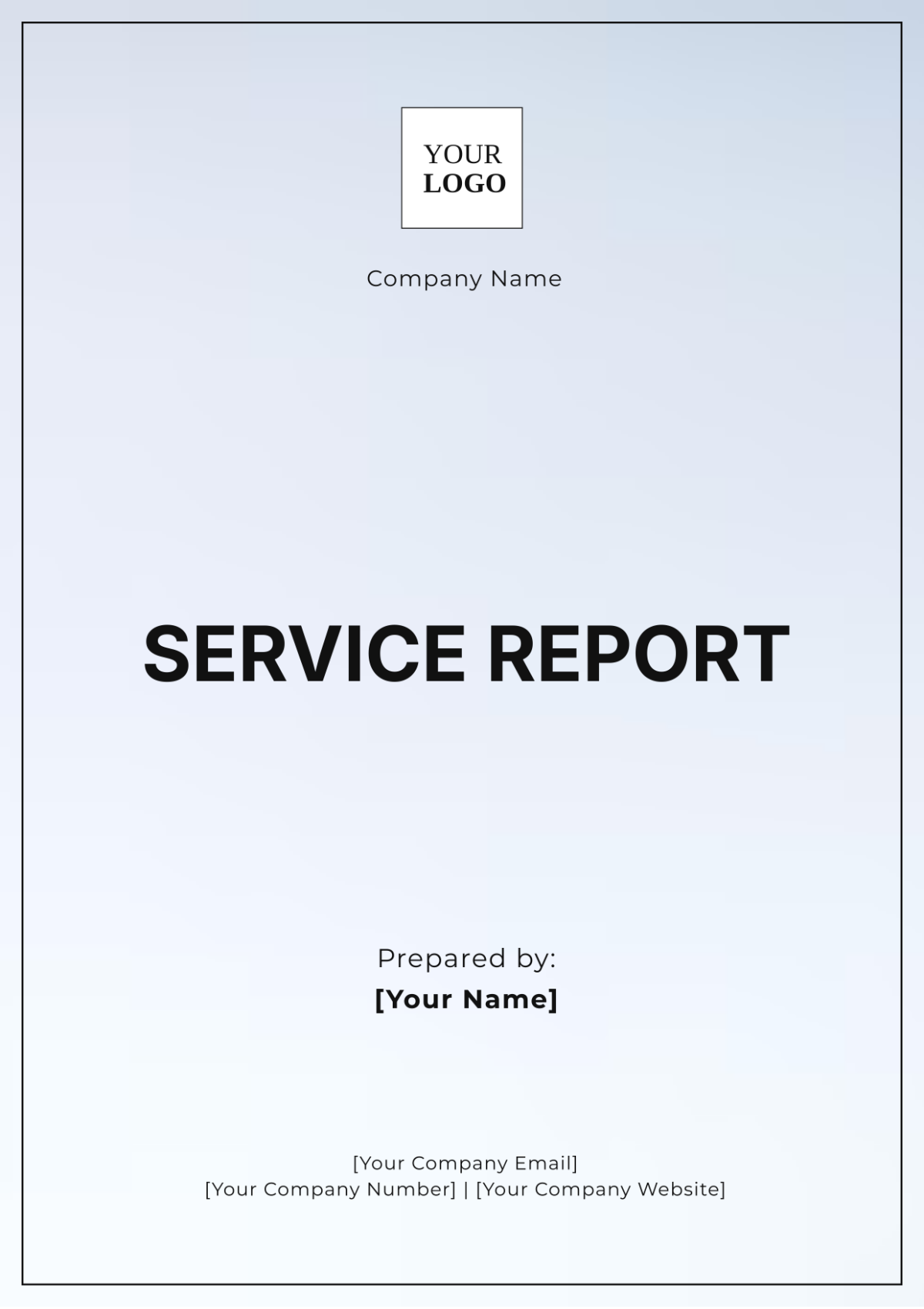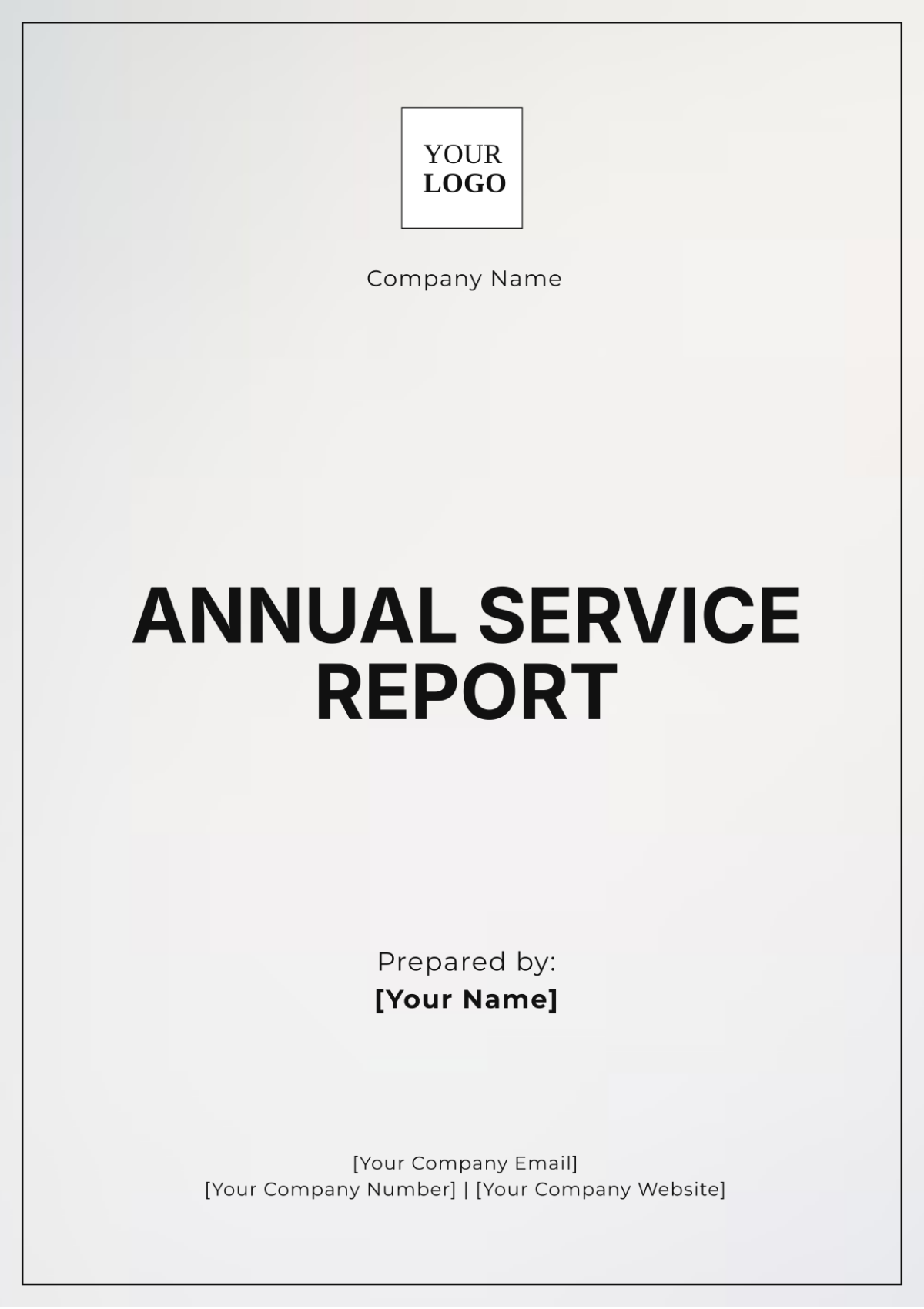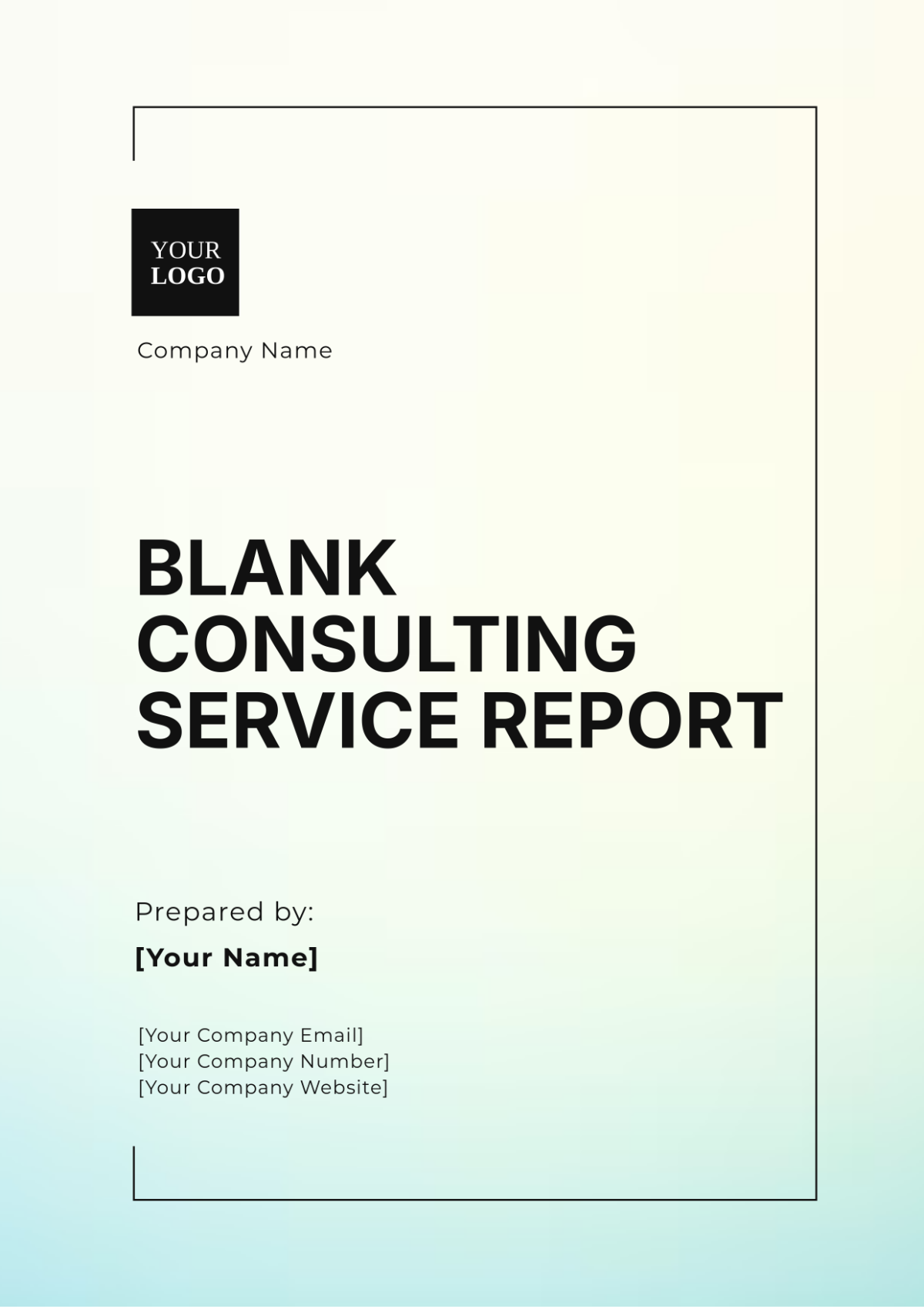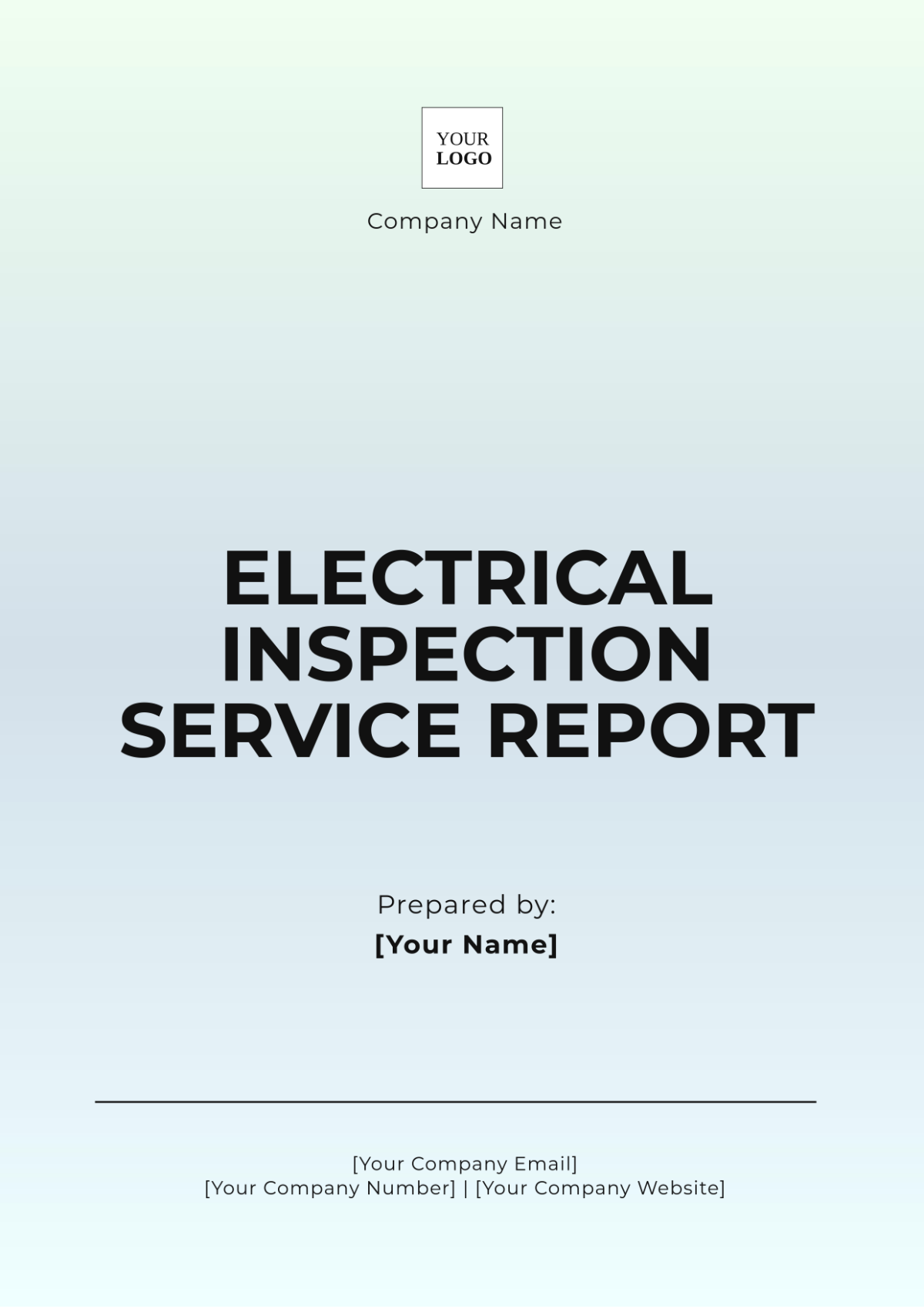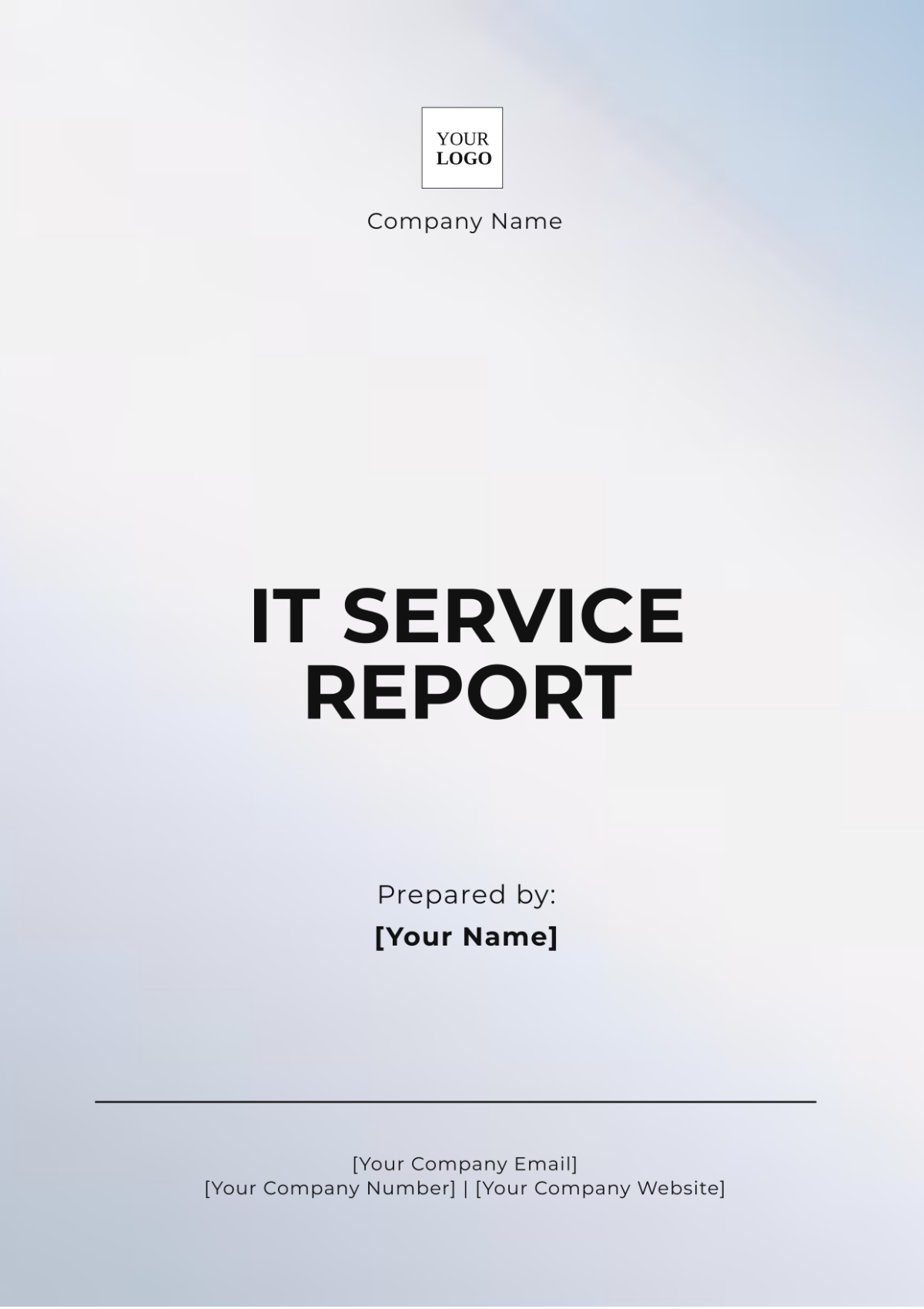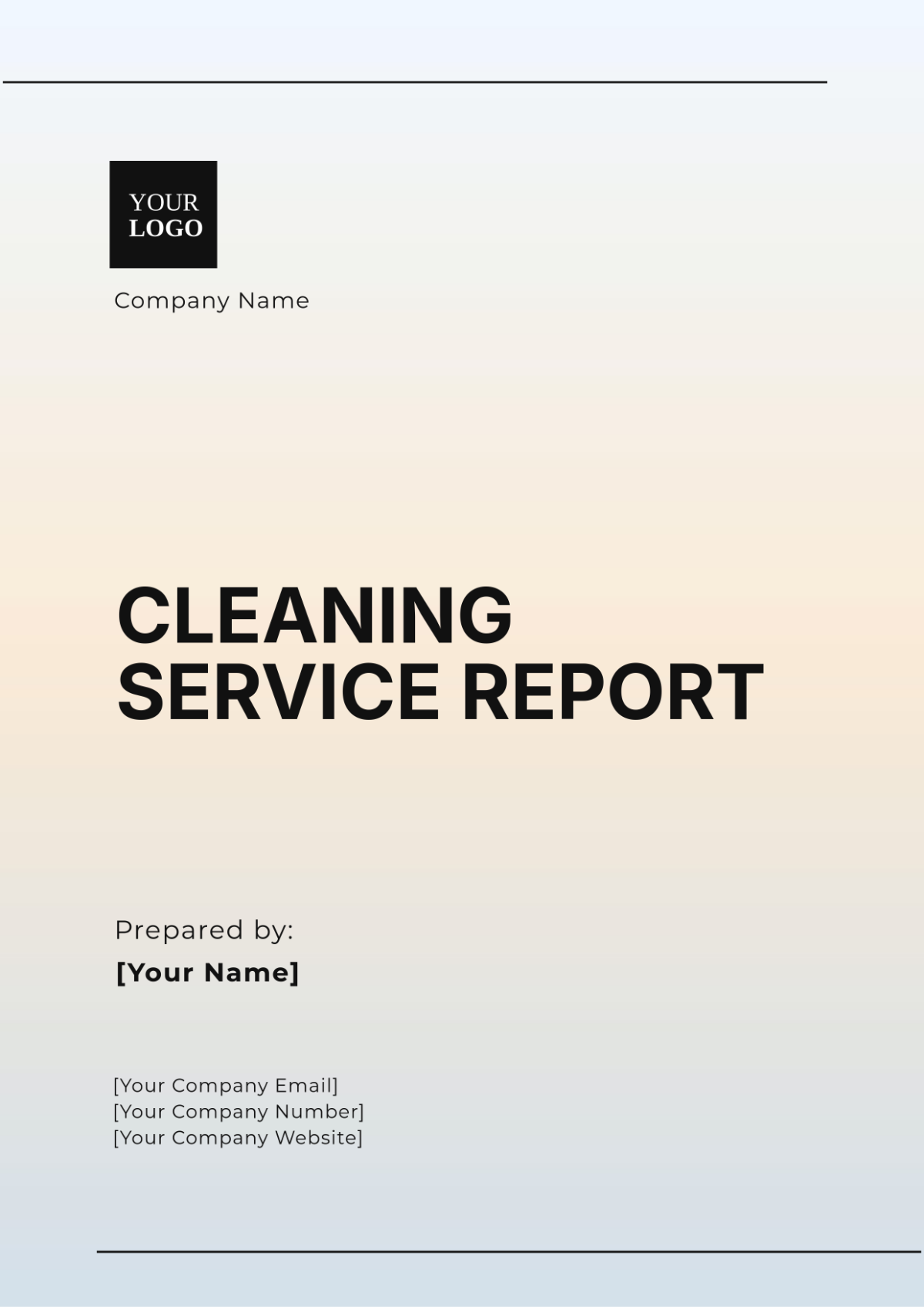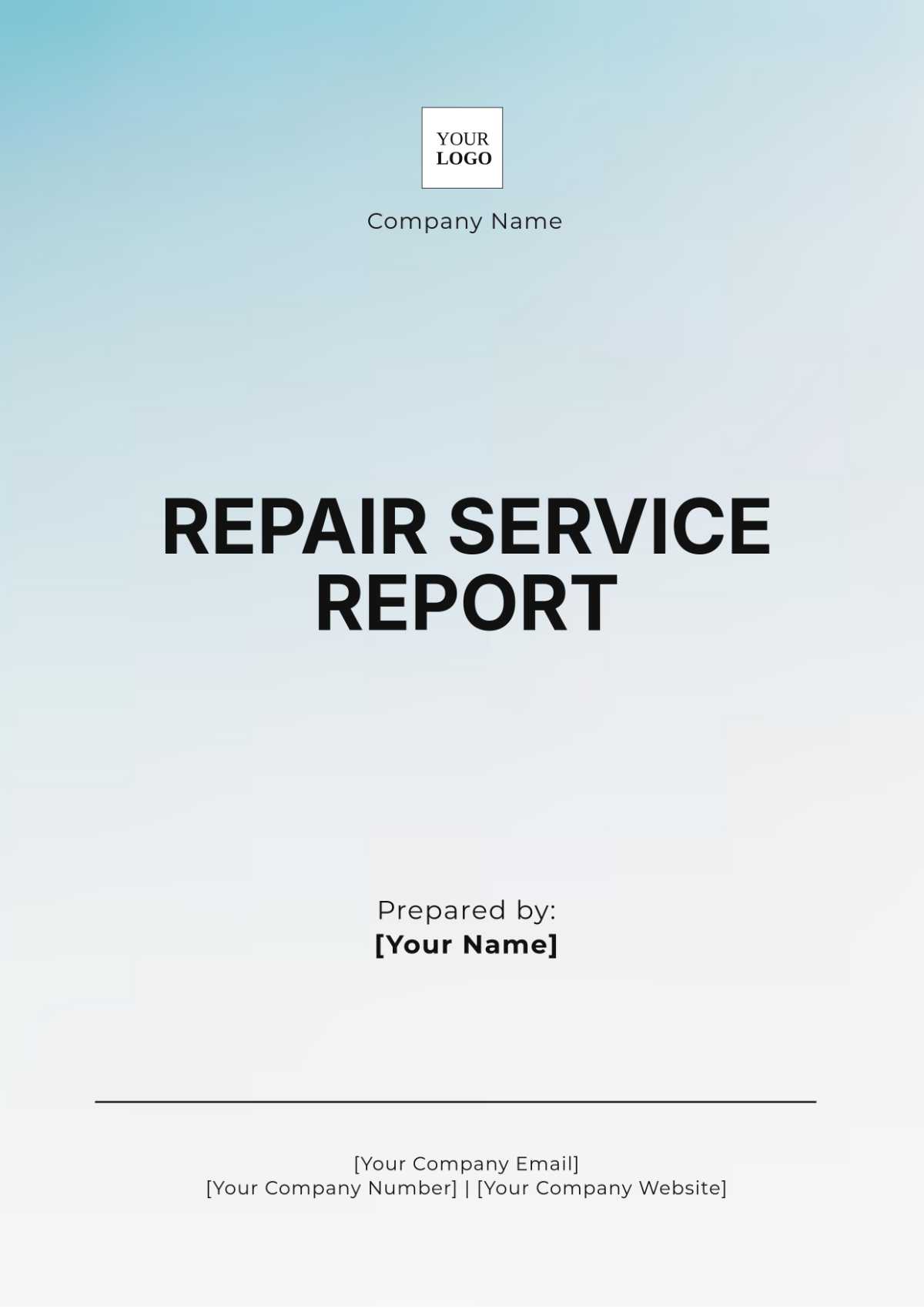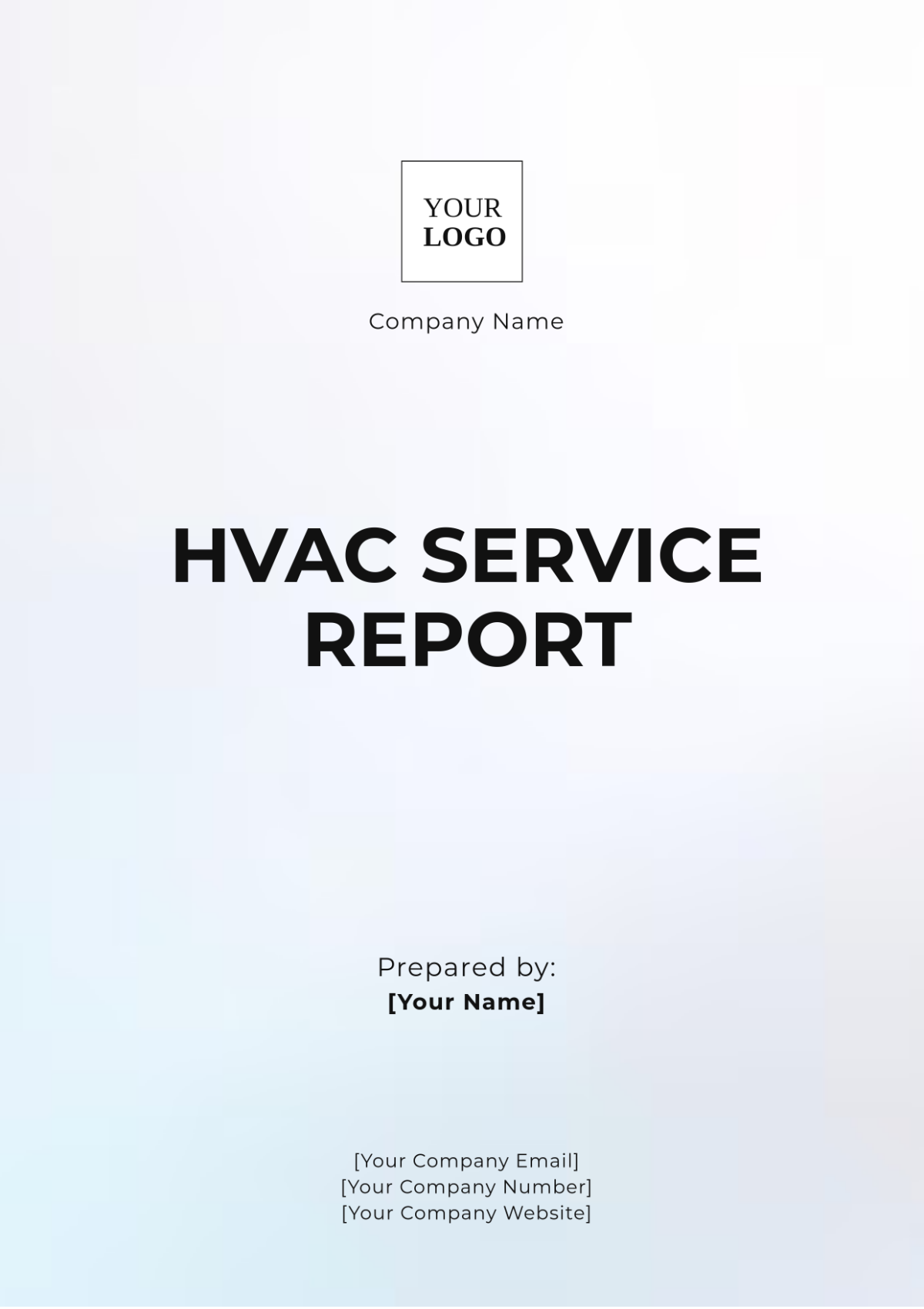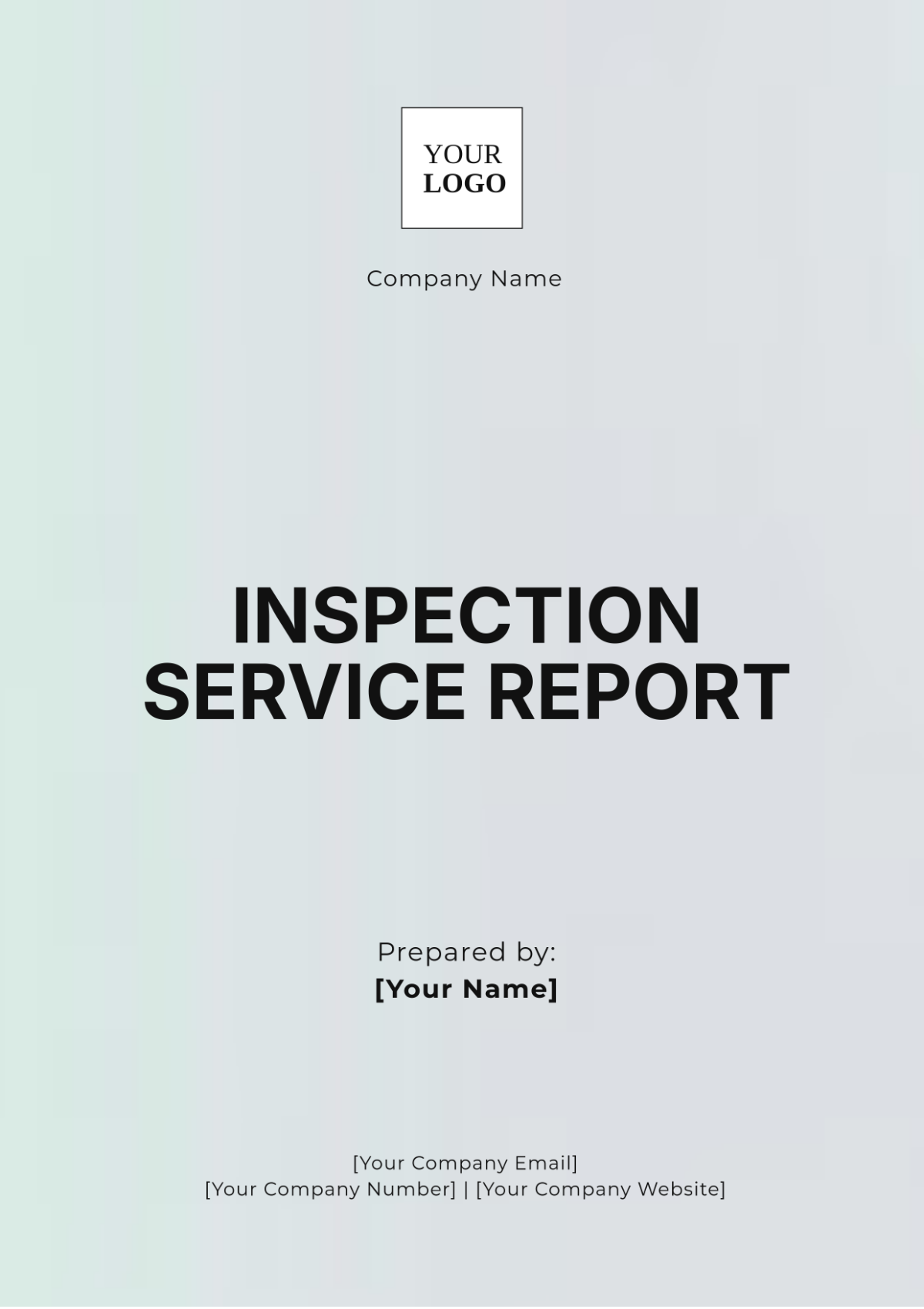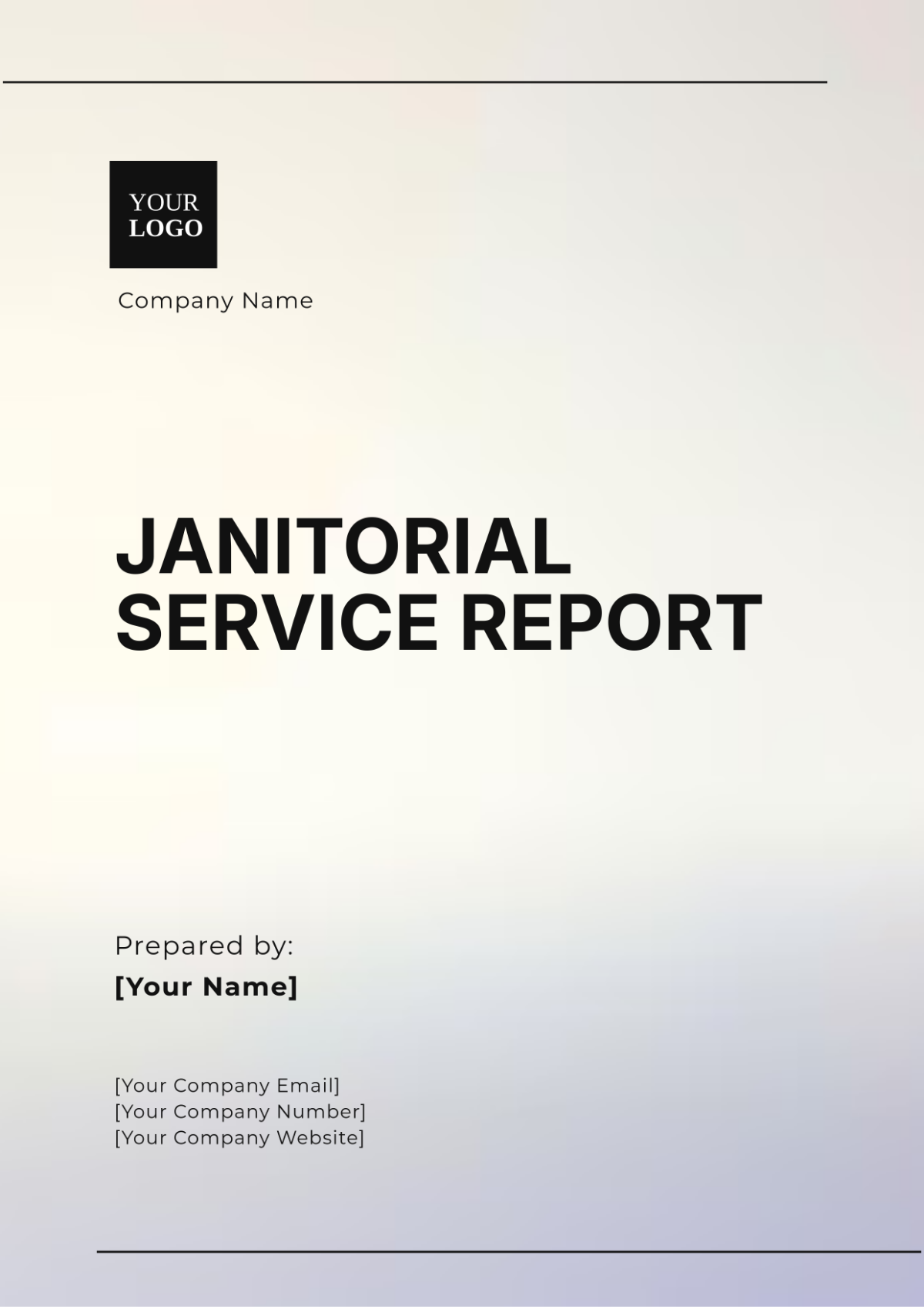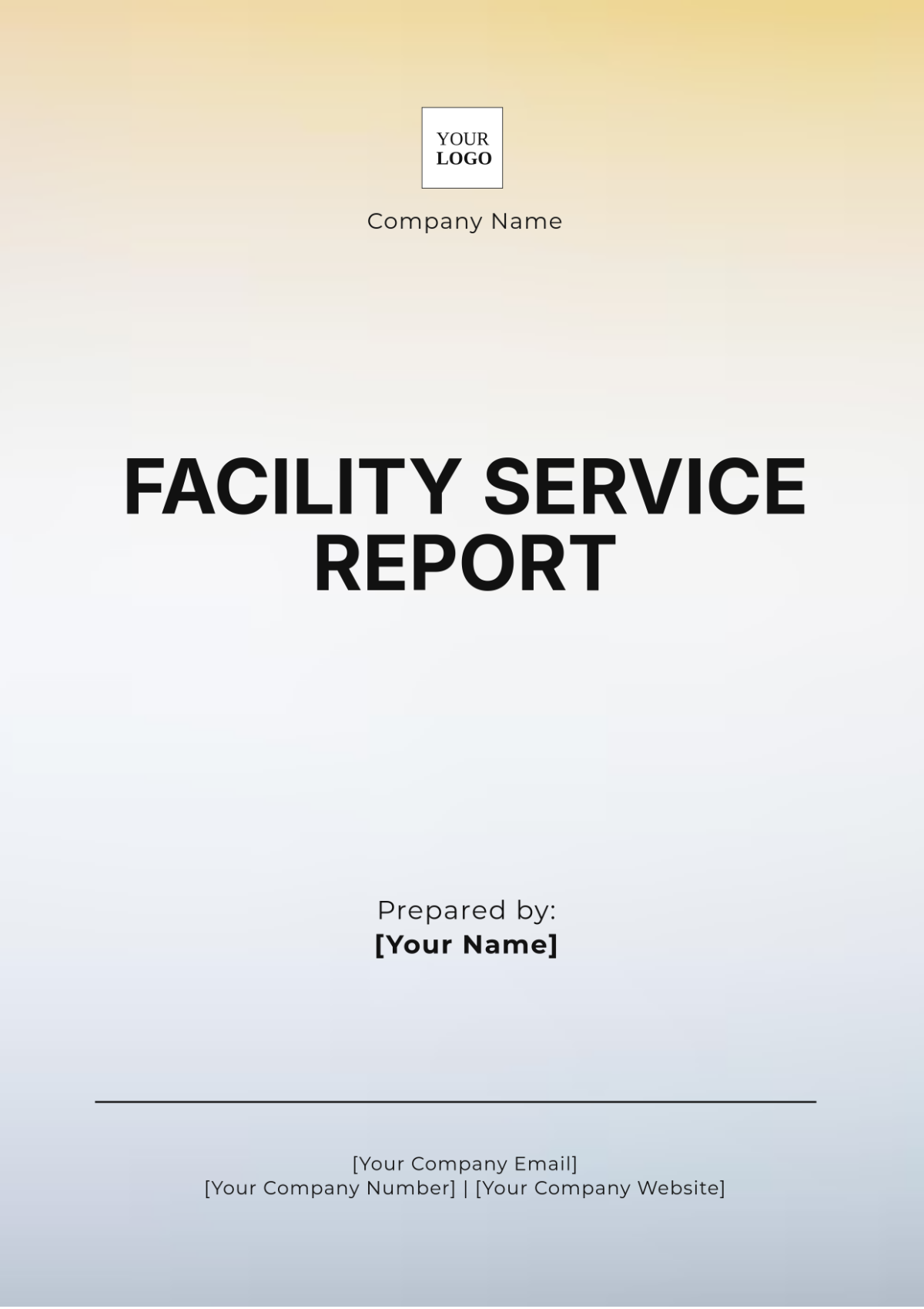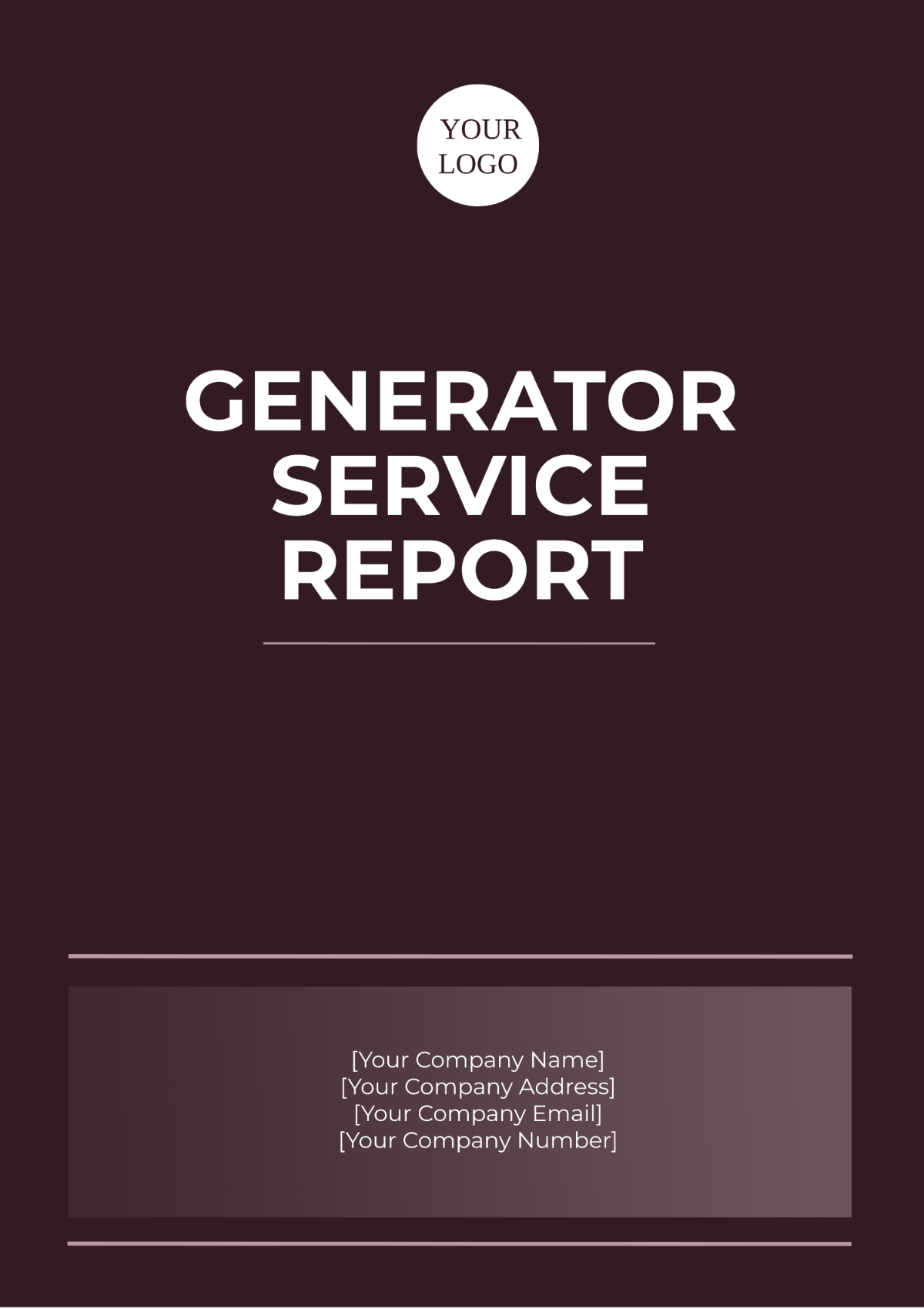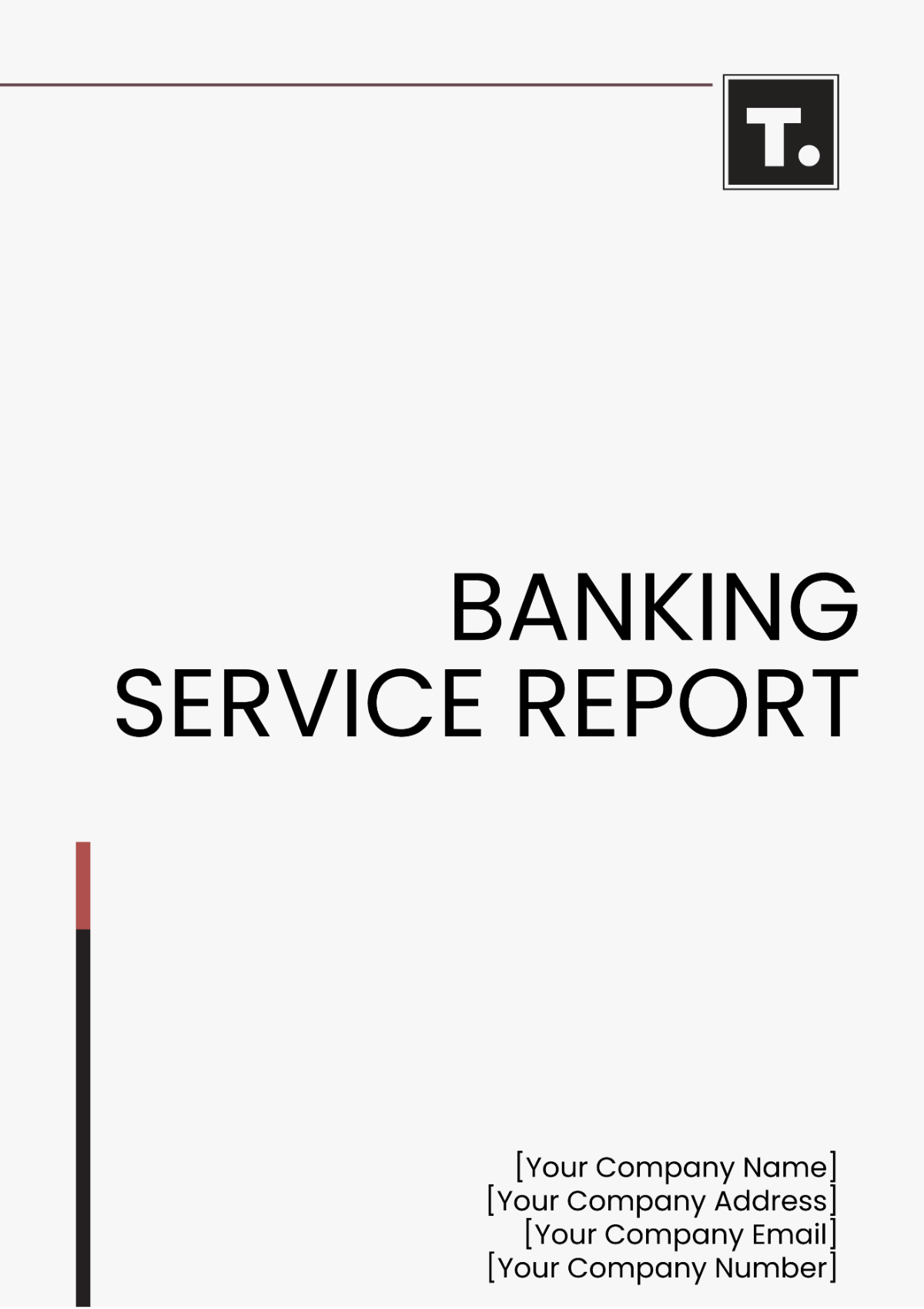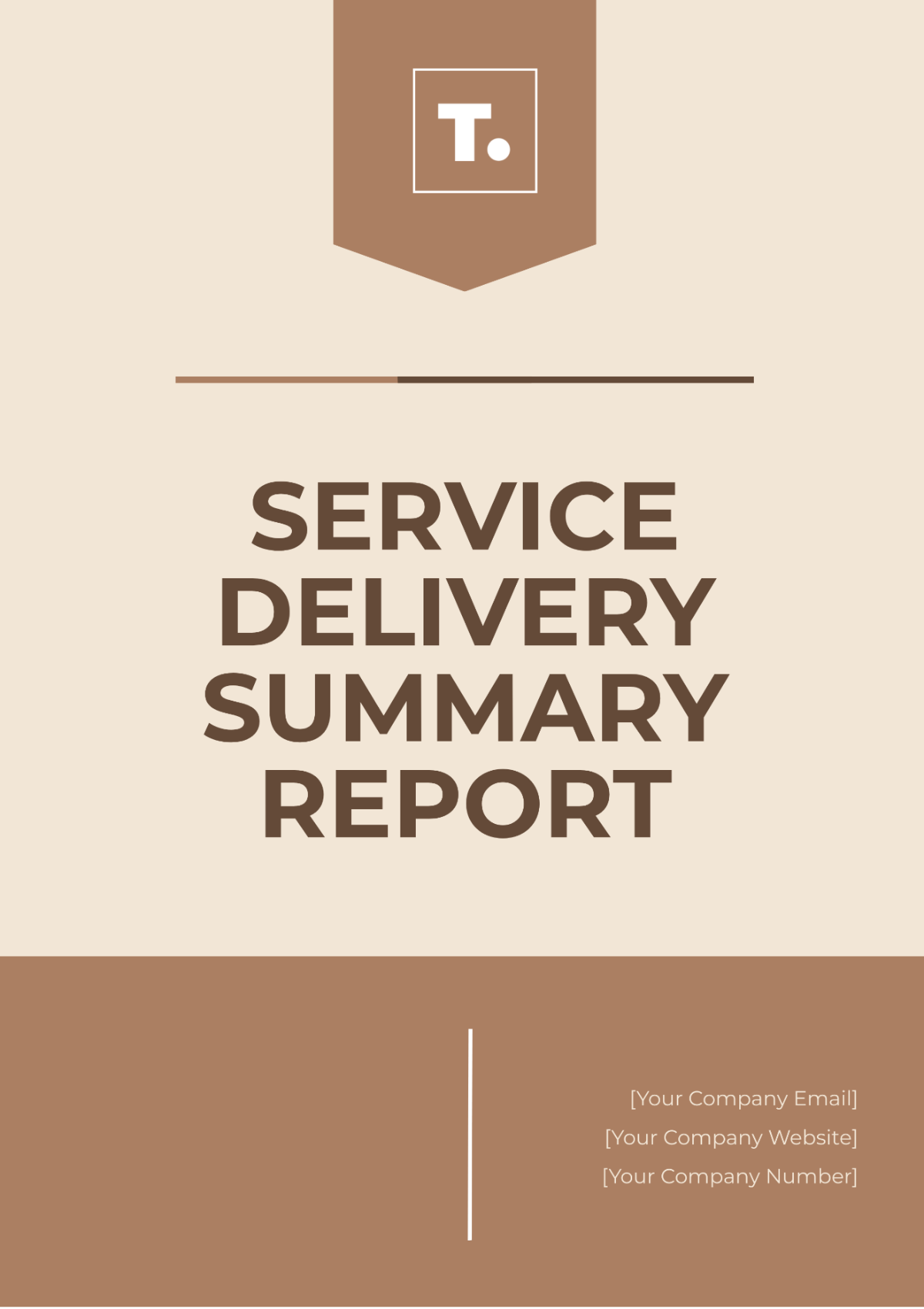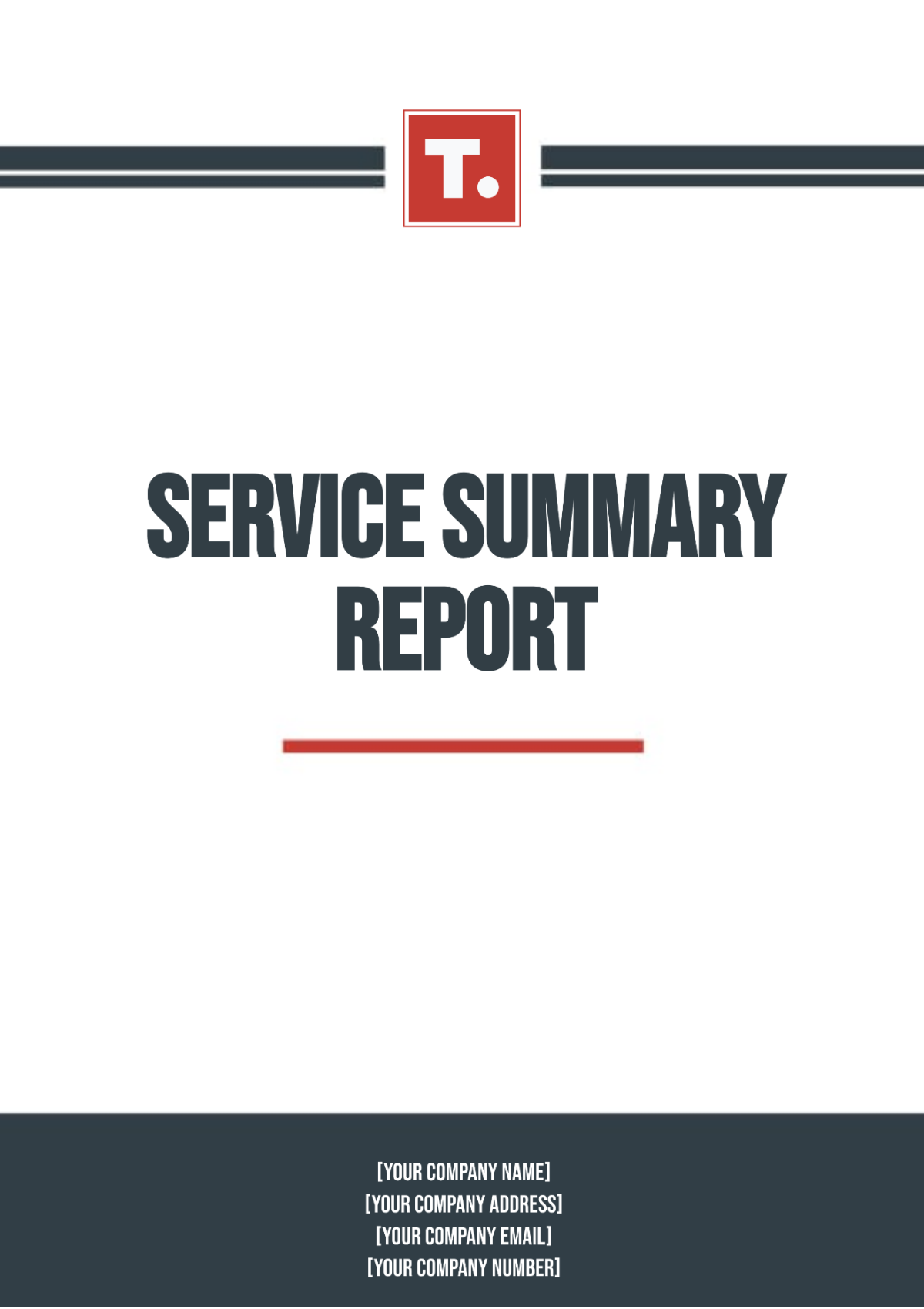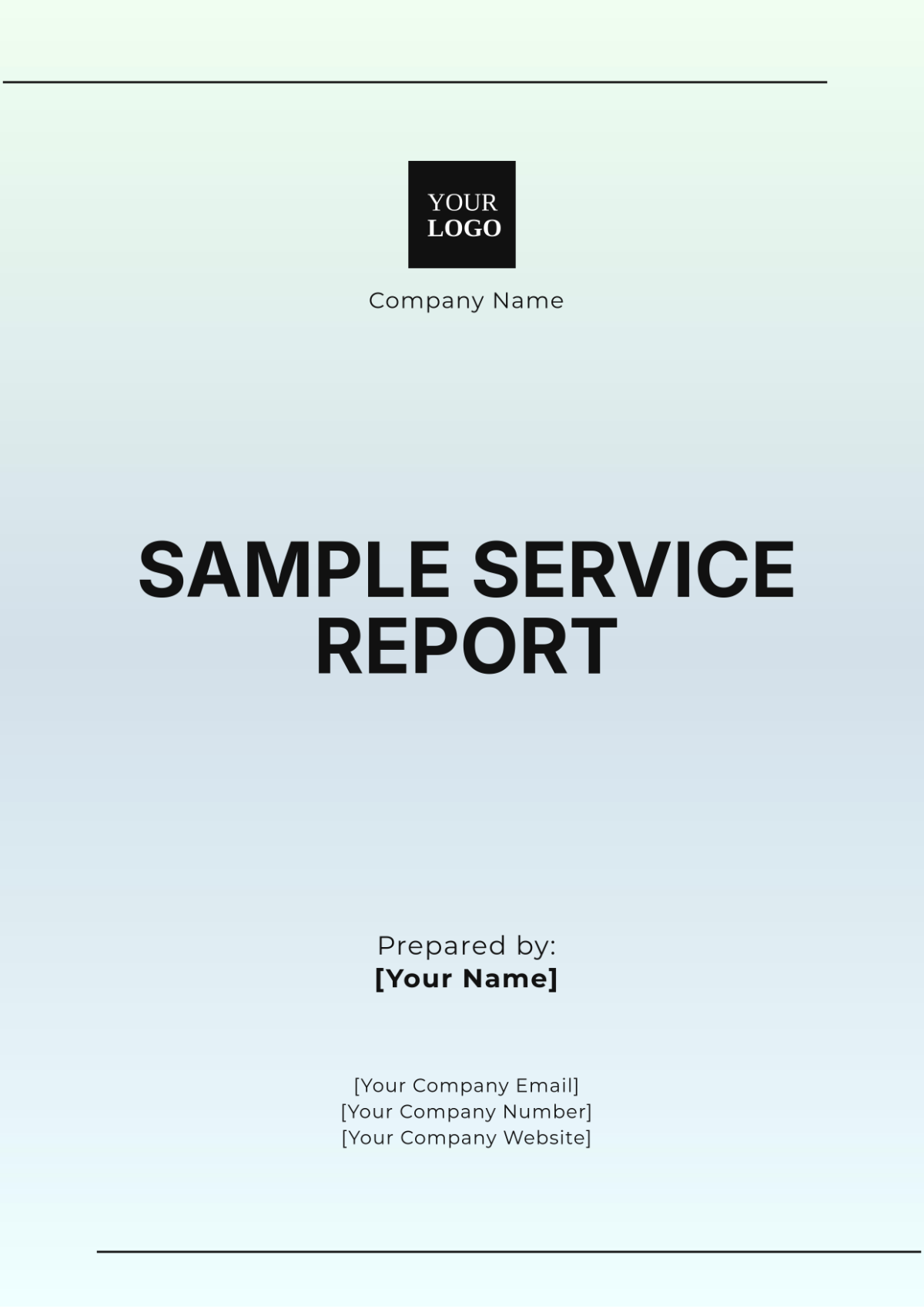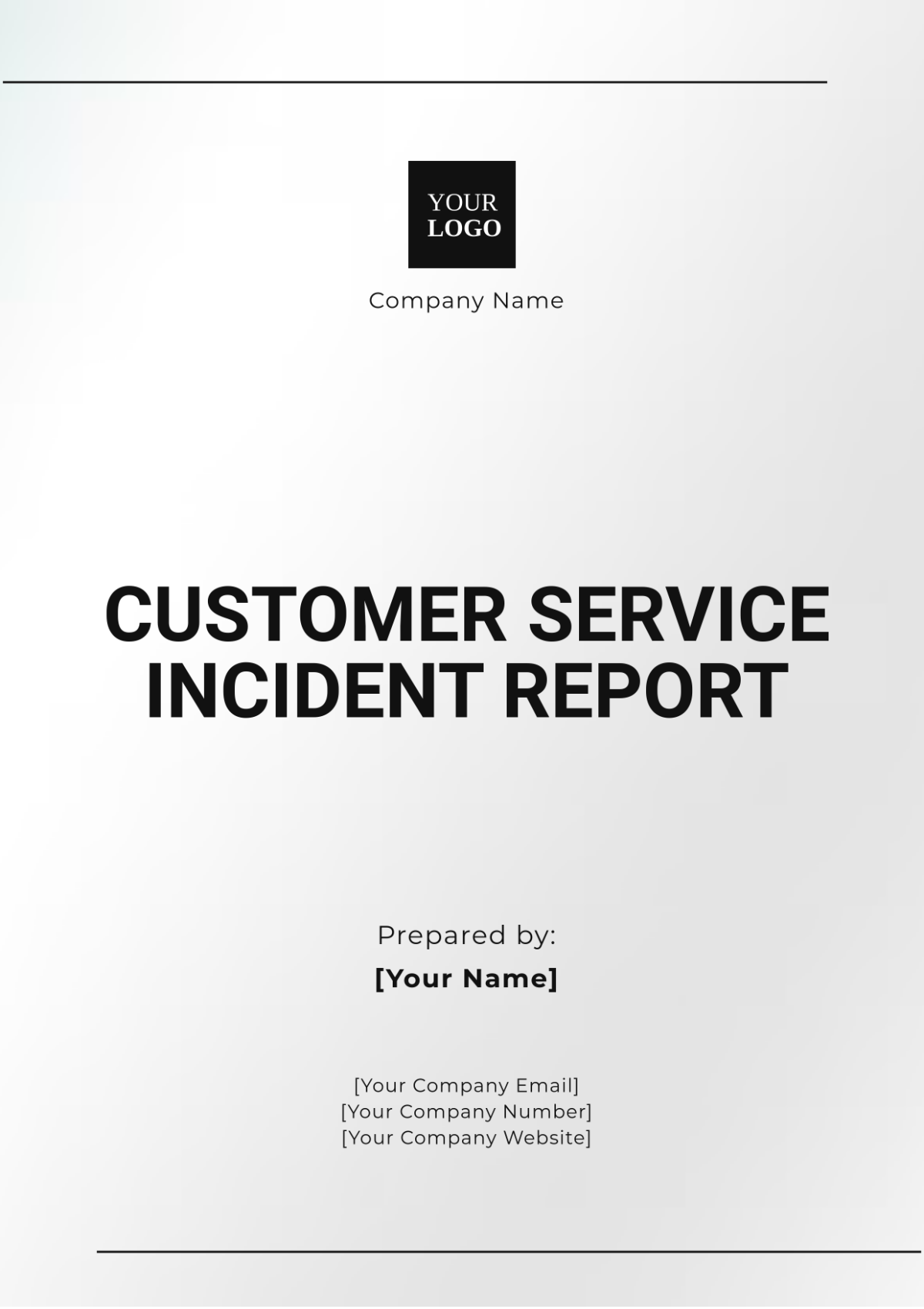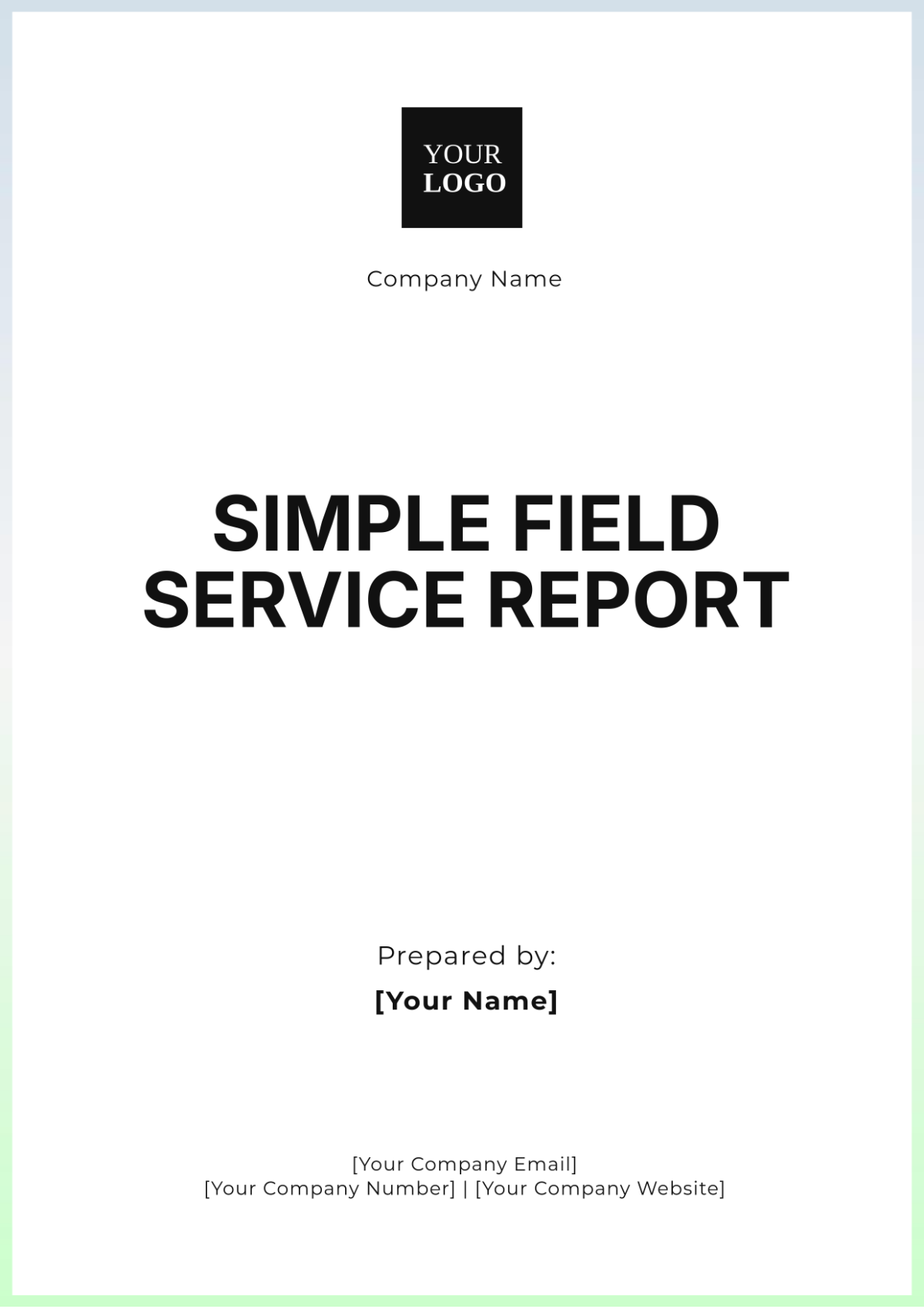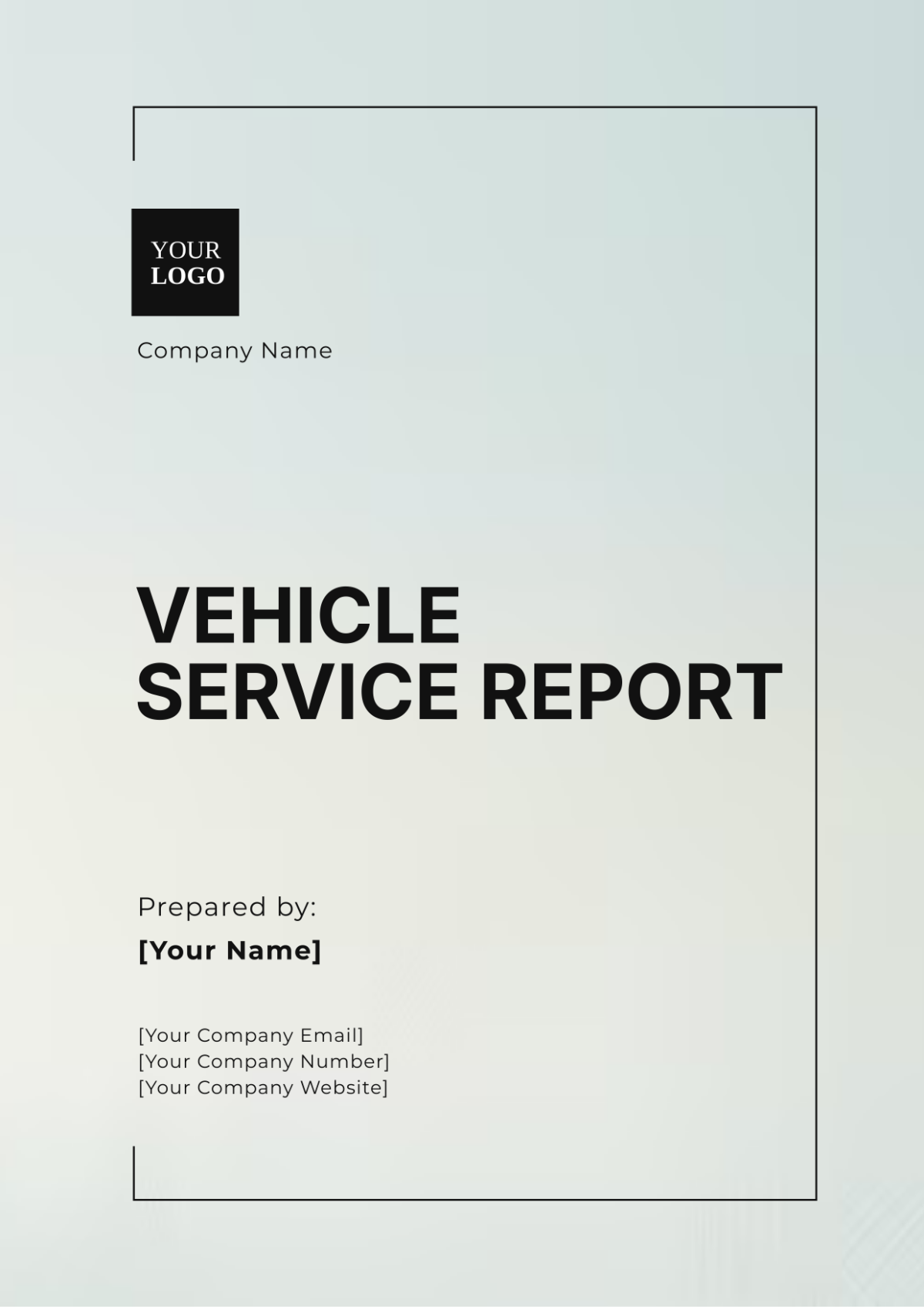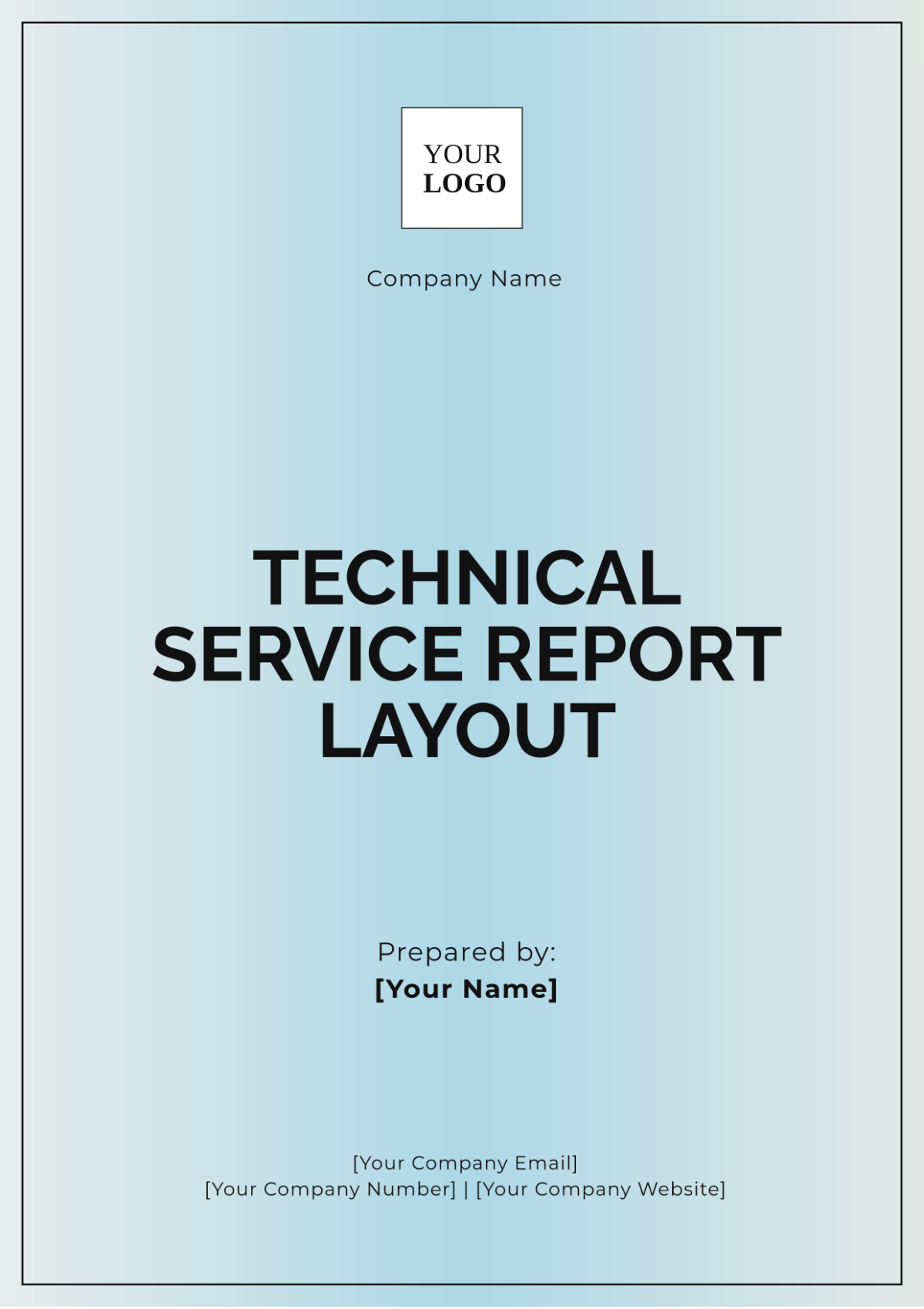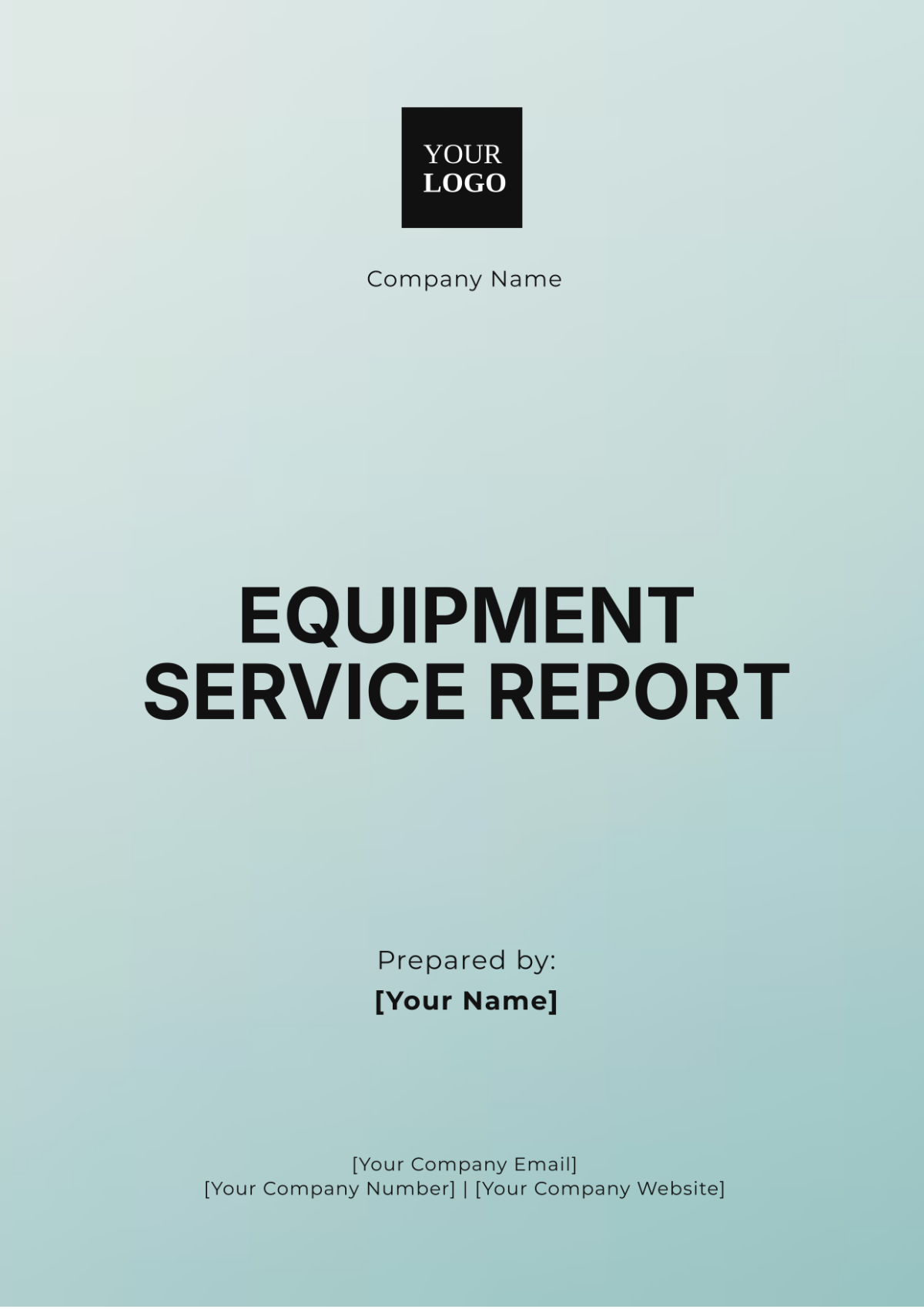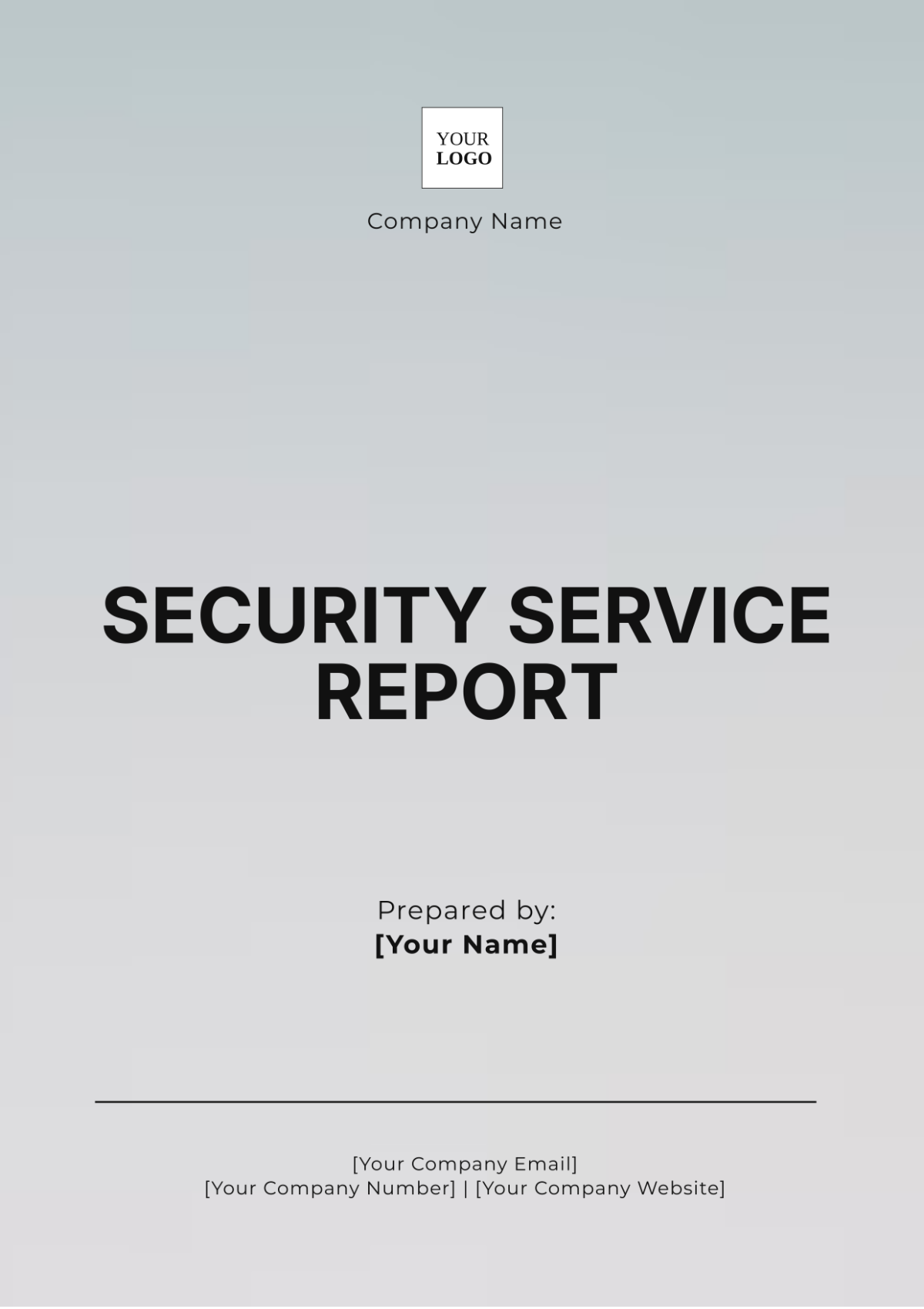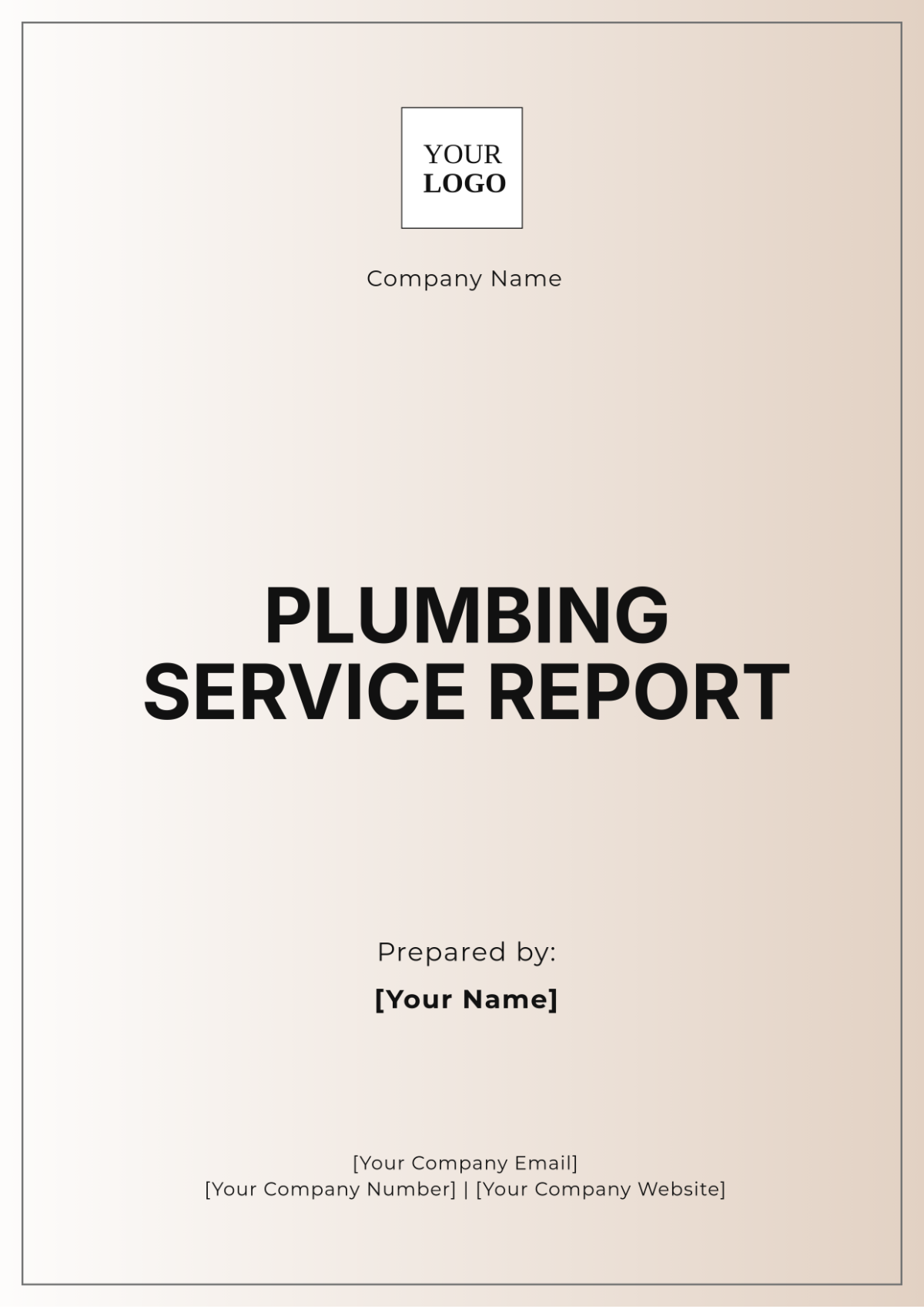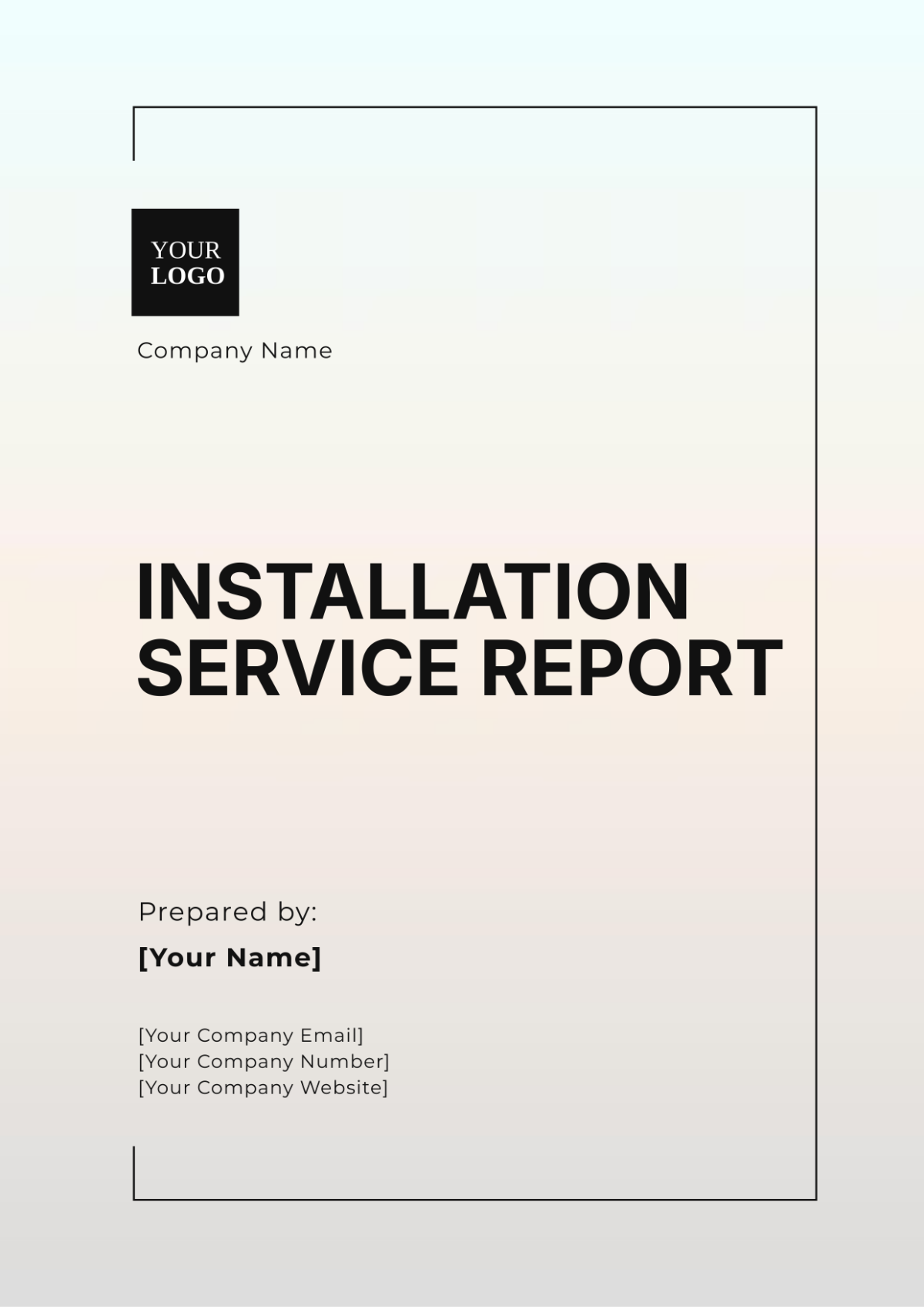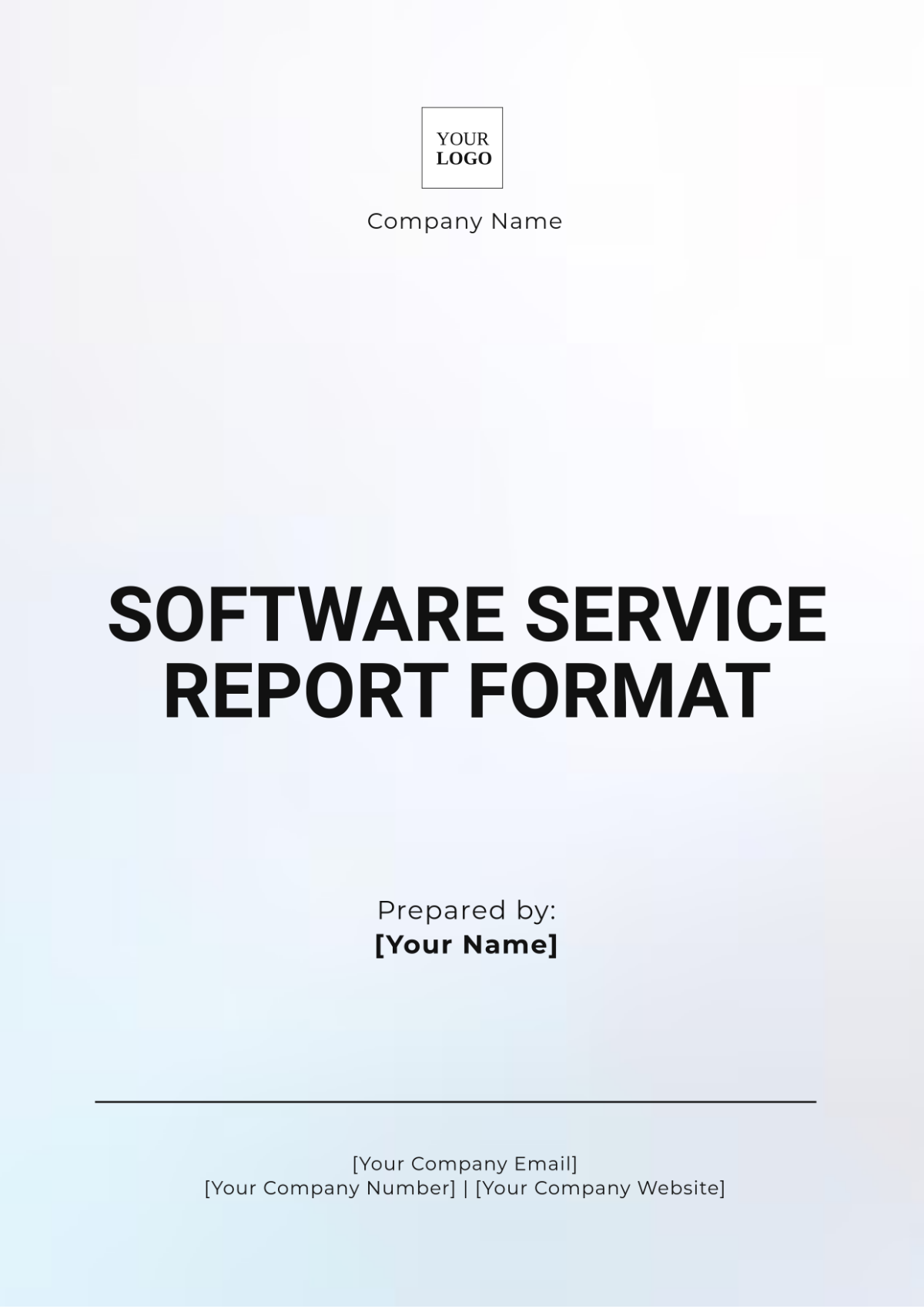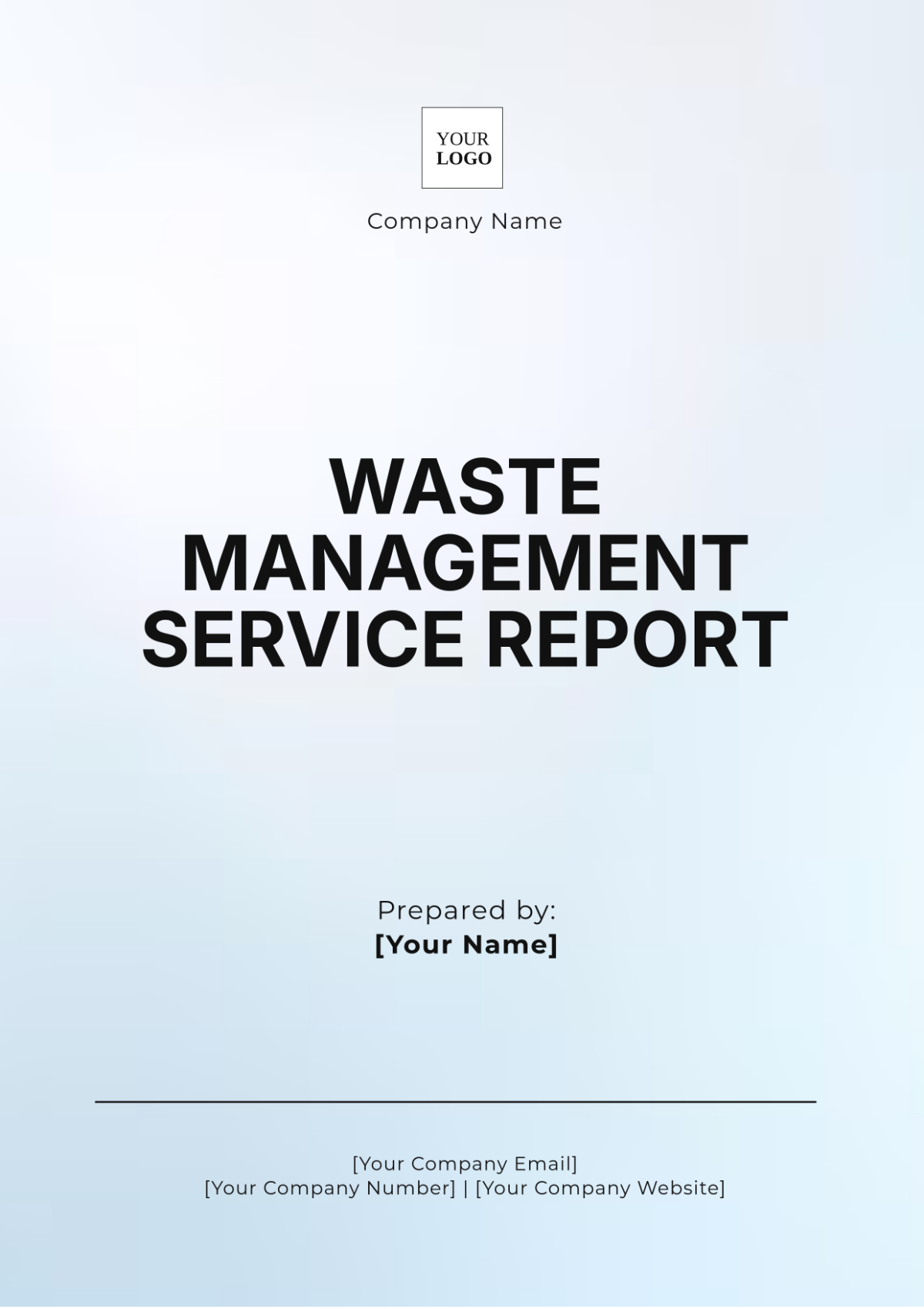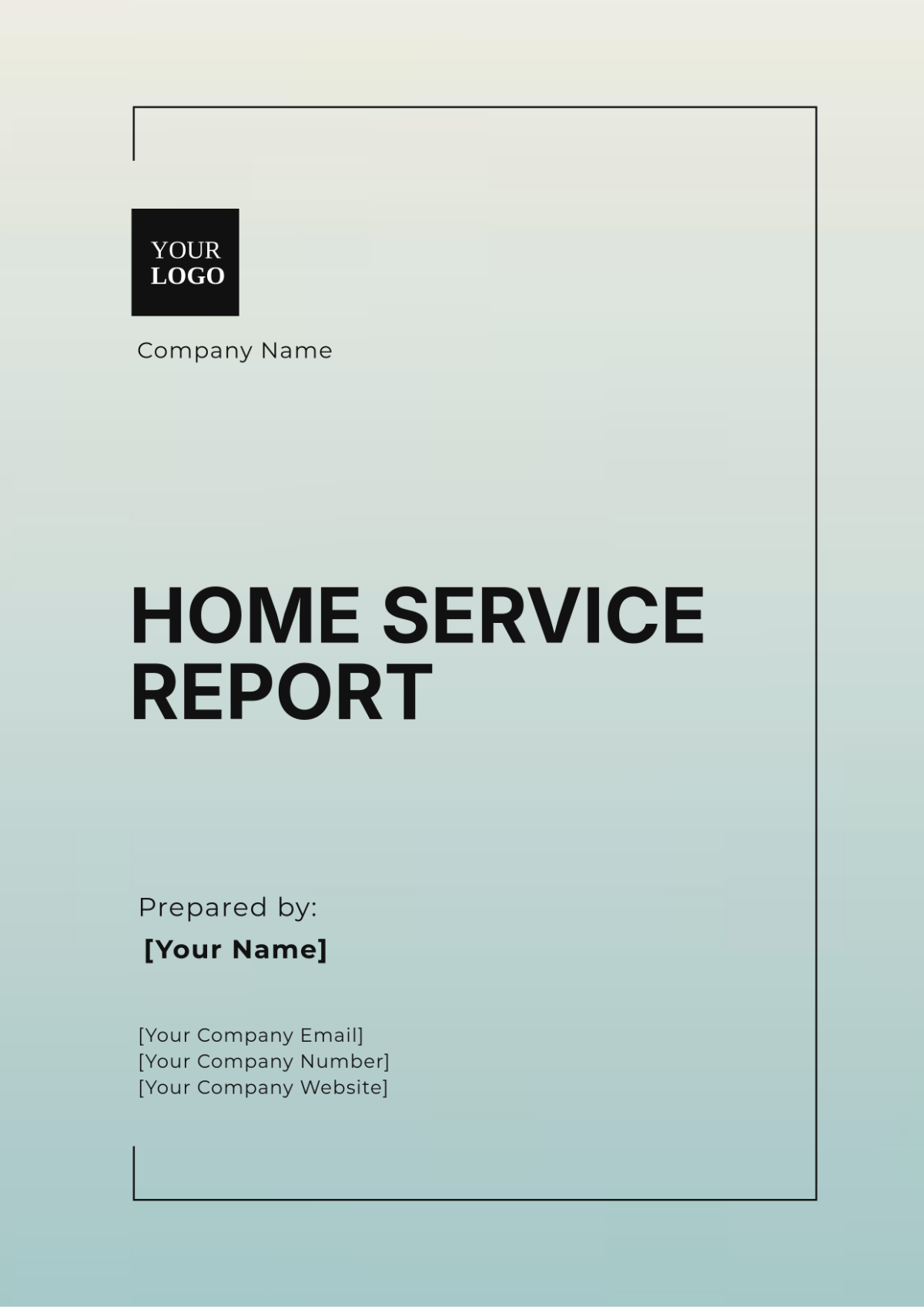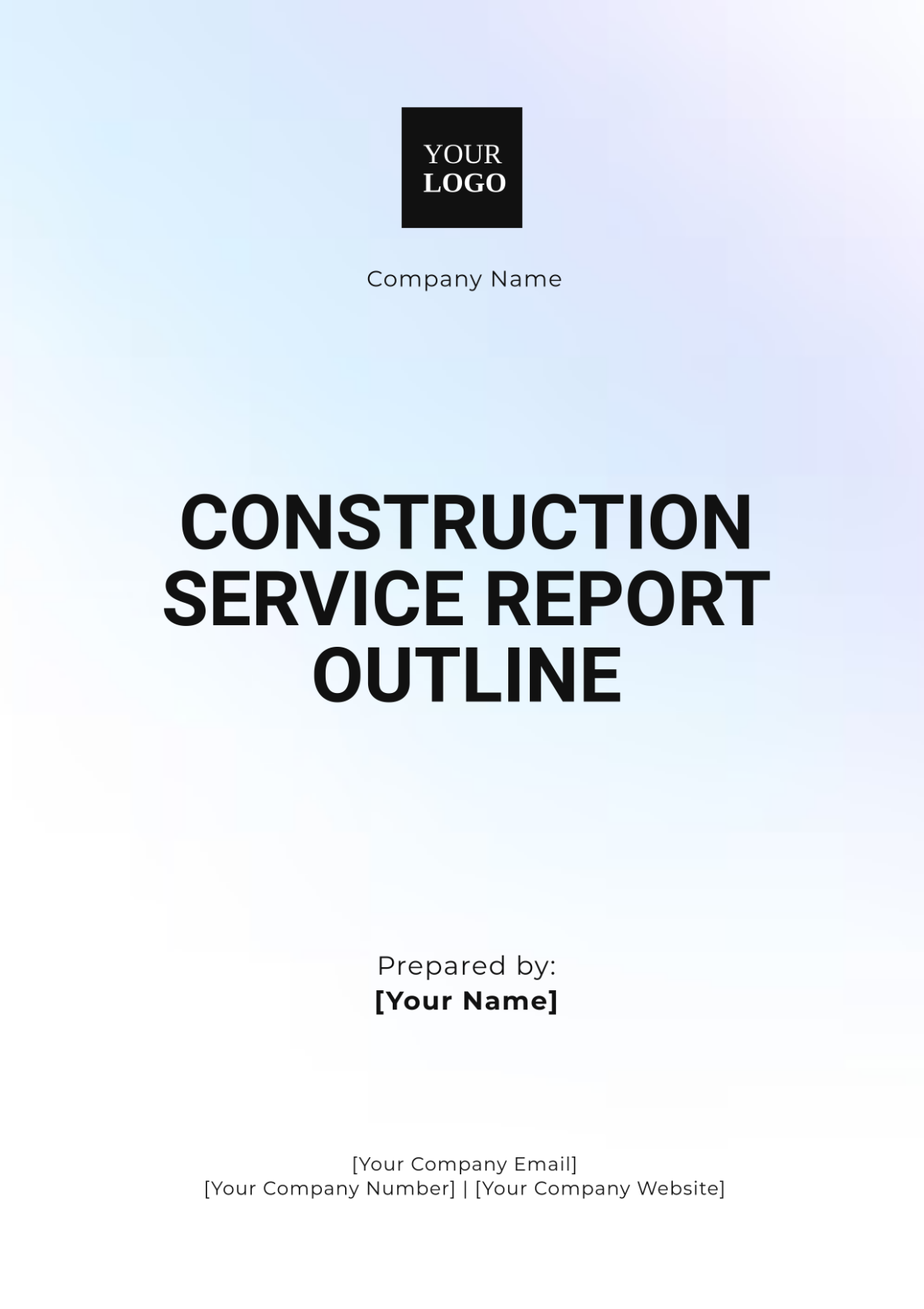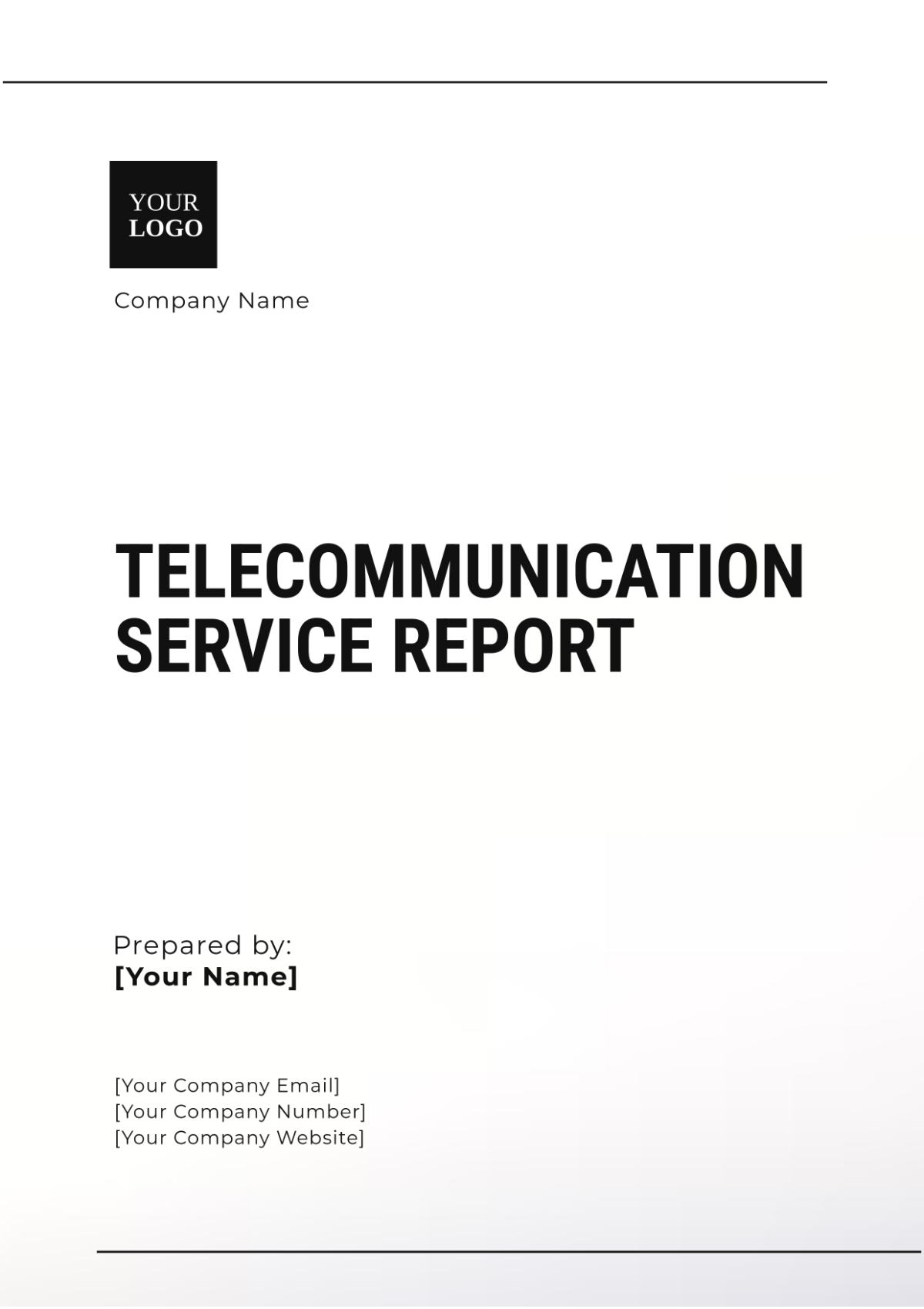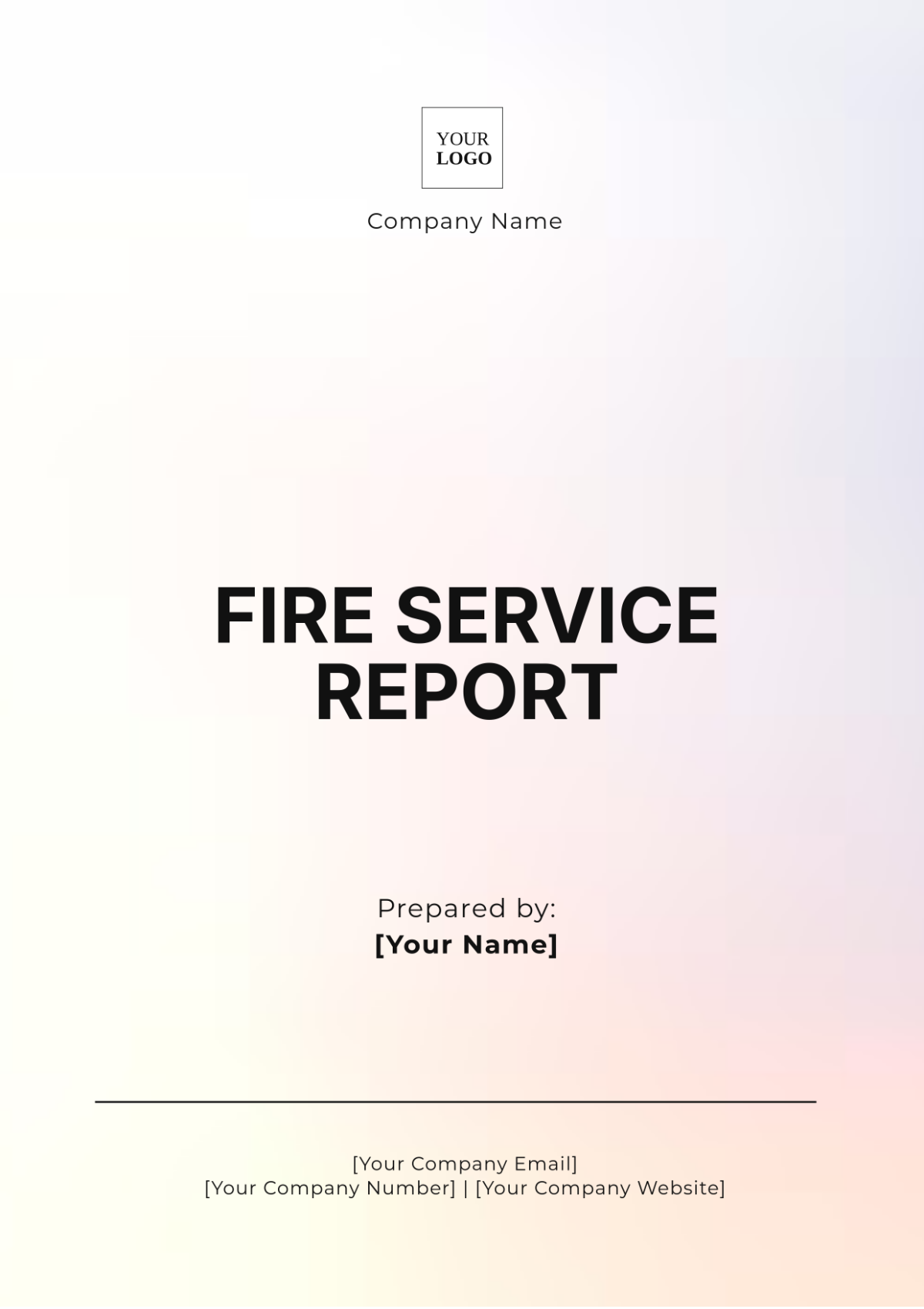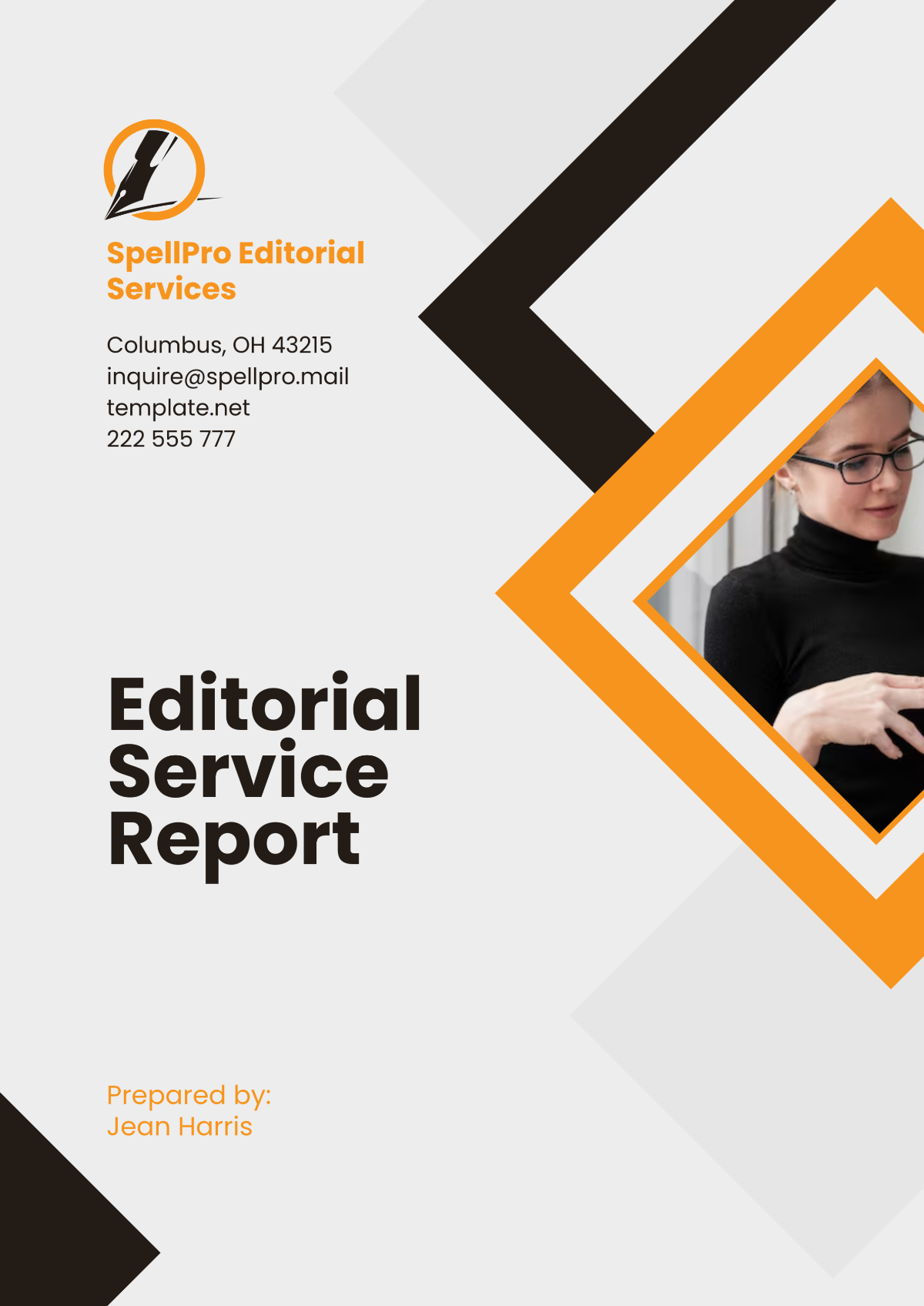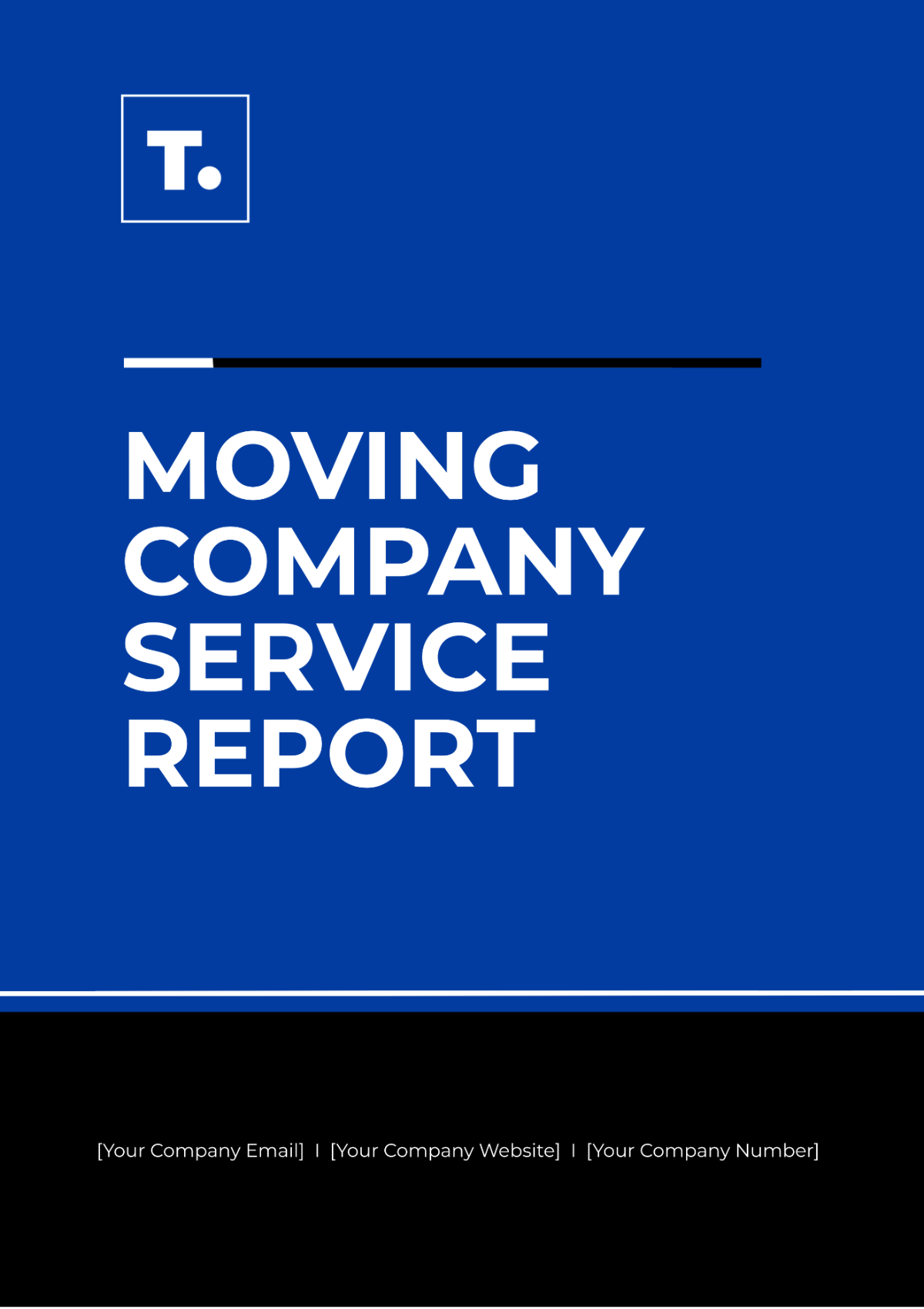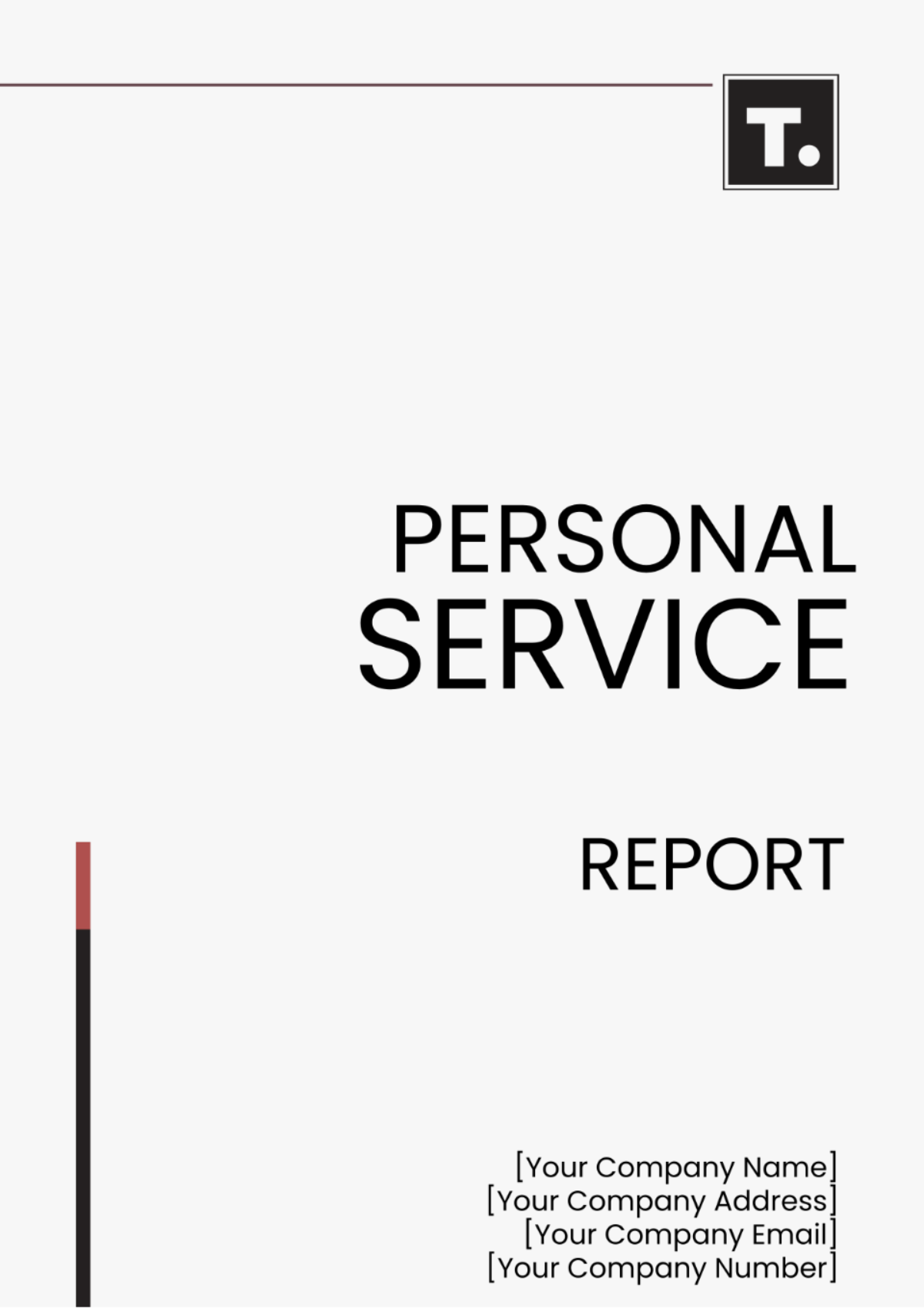I. Introduction
A. Overview
Purpose:
The Architecture Service Report serves as a detailed examination of the structural elements underpinning the services offered by [Your Company Name]. It delves into the intricacies of the architectural design, infrastructure setup, and technological foundations of our services.
Scope:
This report comprehensively analyzes the architecture of [Your Company Name]'s flagship services, encompassing their design principles, infrastructure components, and technological frameworks. It aims to provide stakeholders, technical teams, and management personnel with insights into the robustness and scalability of our service architecture.
Audience:
Targeted towards stakeholders, technical teams, and management personnel involved in the development, deployment, and maintenance of [Your Company Name]'s services, this report aims to facilitate informed decision-making and strategic planning by offering a holistic view of our service architecture.
II. Executive Summary
A. Key Findings
Architectural Design:
[Your Company Name]'s services are architecturally designed with a focus on modularity, scalability, and maintainability. The use of microservices architecture allows for the independent development, deployment, and scaling of service components, fostering agility and flexibility.
Infrastructure:
The infrastructure supporting [Your Company Name]'s services is built on cloud-native technologies, leveraging the elasticity and scalability of cloud platforms to meet fluctuating demand. Automation and orchestration tools ensure seamless resource provisioning and management, optimizing cost-efficiency and operational resilience.
Technological Components:
[Your Company Name] employs a modern technology stack comprising containerization, orchestration, and serverless computing to drive innovation and efficiency in service delivery. The adoption of DevOps practices enables rapid iteration and continuous integration/continuous deployment (CI/CD), facilitating faster time-to-market and improved service quality.
B. Recommendations
Continuous Monitoring:
Implement a comprehensive monitoring and observability framework to track key performance indicators (KPIs) and detect anomalies in real-time. Leveraging tools such as Prometheus and Grafana can provide insights into system health and performance metrics, enabling proactive issue resolution and optimization.
Scalability Planning:
Conduct regular scalability assessments and capacity planning exercises to anticipate growth trends and ensure the scalability of our infrastructure. Utilize auto-scaling capabilities and load balancers to dynamically adjust resource allocation based on demand fluctuations, optimizing resource utilization and cost-effectiveness.
Security Enhancement:
Strengthen security measures by adopting a defense-in-depth approach, encompassing network segmentation, encryption, and identity and access management (IAM) policies. Regular security audits and penetration testing can identify vulnerabilities and weaknesses, enabling proactive risk mitigation and compliance with regulatory requirements.
III. Architectural Design Analysis
A. Overview
Design Principles:
[Your Company Name]'s architectural design principles revolve around modularity, scalability, and flexibility. The architecture is structured to accommodate evolving business requirements and technological advancements while ensuring maintainability and extensibility.
Components and Layers:
The architectural components are organized into distinct layers, each responsible for specific functionalities and interactions within the system. These layers include the presentation layer, business logic layer, and data access layer, facilitating separation of concerns and modularity.
B. Component Breakdown
Presentation Layer:
The presentation layer is responsible for rendering the user interface and handling user interactions. It comprises web and mobile interfaces, designed to provide a seamless and intuitive user experience across multiple devices and platforms. Technologies such as HTML5, CSS, and JavaScript frameworks like React.js are utilized for front-end development.
Component | Description |
|---|---|
Web Interface | Provides user access to [Your Company Name]'s services via web browsers. |
Mobile Interface | Offers a mobile-optimized experience for users accessing services on smartphones and tablets. |
Business Logic Layer:
The business logic layer encapsulates the core functionality of [Your Company Name]'s services, including data processing, workflow management, and business rule enforcement. It orchestrates interactions between various components and implements business logic to fulfill user requests. Programming languages such as Java, Python, or C# are used along with frameworks like Spring Boot or Django to build robust and scalable applications.
Component | Description |
|---|---|
Workflow Manager | Orchestrates complex workflows and business processes within the system. |
Business Rules | Implements and enforces business rules to ensure data integrity and compliance. |
Data Access Layer:
The data access layer facilitates interaction with data storage systems, including databases, caches, and external APIs. It abstracts the underlying data storage mechanisms and provides a unified interface for accessing and manipulating data. Technologies such as SQL or NoSQL databases (e.g., MySQL, PostgreSQL, MongoDB) and ORM frameworks (e.g., Hibernate, SQLAlchemy) are utilized to manage data effectively.
Component | Description |
|---|---|
Database | Stores and manages structured data, ensuring data consistency and integrity. |
Cache | Improves performance by storing frequently accessed data in memory for quick retrieval. |
IV. Infrastructure Analysis
A. Overview
Cloud Infrastructure:
[Your Company Name]'s services are hosted on a cloud-native infrastructure, leveraging the scalability, reliability, and flexibility offered by cloud platforms. This infrastructure model enables rapid deployment, auto-scaling, and high availability, aligning with [Your Company Name]'s business objectives of agility and cost-efficiency.
Scalability and Elasticity:
The cloud infrastructure is designed to scale dynamically based on demand fluctuations, allowing [Your Company Name] to meet changing customer needs without overprovisioning resources. Auto-scaling policies and load balancers ensure optimal resource utilization and performance during peak traffic periods, enhancing the overall user experience.
B. Infrastructure Components
Compute:
Compute resources such as virtual machines (VMs), containers, and serverless functions form the foundation of [Your Company Name]'s cloud infrastructure. These resources host and execute application code, enabling the delivery of services to end-users. Container orchestration platforms like Kubernetes manage the deployment and scaling of containerized workloads, while serverless computing services abstract away infrastructure management, allowing developers to focus on building and deploying code.
Component | Description |
|---|---|
Virtual Machines | Provides isolated computing environments for running applications. |
Containers | Packages applications and their dependencies into portable containers. |
Serverless Functions | Executes code in response to events without the need for managing servers. |
Storage:
Storage solutions such as object storage, block storage, and databases are utilized to store and manage data generated by [Your Company Name]'s services. Object storage services like Amazon S3 or Google Cloud Storage offer scalable and durable storage for unstructured data, while block storage solutions provide persistent storage volumes for VMs and containers. Databases, both SQL and NoSQL, are employed to store structured data, with replication and backups ensuring data durability and availability.
Component | Description |
|---|---|
Object Storage | Stores and retrieves unstructured data objects, offering scalability and durability. |
Block Storage | Provides persistent storage volumes for VMs and containers. |
Databases | Stores structured data and facilitates data querying and manipulation. |
Networking:
Networking components such as virtual networks, load balancers, and content delivery networks (CDNs) enable communication between [Your Company Name]'s services and ensure low-latency data transfer to end-users. Virtual networks isolate workloads and provide network security, while load balancers distribute incoming traffic across multiple instances to optimize performance and availability. CDNs cache and deliver static content closer to users, reducing latency and improving the overall user experience.
Component | Description |
|---|---|
Virtual Networks | Provides isolated network environments for deploying and managing services. |
Load Balancers | Distributes incoming traffic across multiple instances to ensure high availability and performance. |
Content Delivery Networks | Caches and delivers static content to users from edge locations for improved performance. |
V. Security Analysis
A. Overview
Security Policies:
[Your Company Name] adheres to stringent security policies and standards to safeguard its services and data assets. These policies encompass access control, data encryption, vulnerability management, and incident response, aligning with industry best practices and regulatory requirements.
Threat Modeling:
Regular threat modeling exercises are conducted to identify potential security threats and vulnerabilities in [Your Company Name]'s services. By analyzing potential attack vectors and prioritizing risks, proactive measures can be implemented to mitigate security risks and enhance the overall security posture.
B. Security Measures
Authentication and Authorization:
Access to [Your Company Name]'s services is controlled through robust authentication and authorization mechanisms. User authentication is enforced through multi-factor authentication (MFA) and single sign-on (SSO), while role-based access control (RBAC) ensures that users have appropriate permissions based on their roles and responsibilities.
Security Measure | Description |
|---|---|
Multi-Factor Authentication | Requires users to provide two or more authentication factors to access services. |
Role-Based Access Control | Assigns permissions to users based on their roles within the organization. |
Encryption:
Data encryption is employed to protect sensitive information both at rest and in transit. Transport Layer Security (TLS) protocols encrypt data in transit, ensuring secure communication between clients and servers. Additionally, data stored in databases and storage systems is encrypted using strong encryption algorithms to prevent unauthorized access.
Security Measure | Description |
|---|---|
Transport Layer Security (TLS) | Encrypts data transmitted between clients and servers to prevent eavesdropping. |
Data Encryption | Encrypts data stored in databases and storage systems to prevent unauthorized access. |
Intrusion Detection and Prevention:
Intrusion detection and prevention systems (IDPS) are deployed to monitor network traffic and system activities for signs of unauthorized access or malicious behavior. These systems utilize signature-based detection, anomaly detection, and machine learning algorithms to identify and block suspicious activities in real-time.
Security Measure | Description |
|---|---|
Intrusion Detection Systems (IDS) | Monitors network traffic for signs of suspicious activities or intrusion attempts. |
Intrusion Prevention Systems (IPS) | Proactively blocks malicious activities or traffic based on predefined rules. |
VI. Performance Analysis
A. Overview
Performance Metrics:
[Your Company Name] employs a range of performance metrics to assess the efficiency and reliability of its services. These metrics include response time, throughput, error rates, and resource utilization, providing insights into the overall health and performance of the system.
Load Testing:
Load testing is conducted under simulated production conditions to evaluate the scalability and performance of [Your Company Name]'s services. By subjecting the system to varying levels of load and stress, potential bottlenecks and performance issues can be identified and addressed proactively.
B. Performance Optimization
Caching:
Caching mechanisms such as in-memory caches and content delivery networks (CDNs) are utilized to reduce latency and improve response times for frequently accessed data. By caching static content and database queries, [Your Company Name] minimizes the load on backend systems and enhances the overall user experience.
Performance Optimization | Description |
|---|---|
In-Memory Caching | Stores frequently accessed data in memory for quick retrieval. |
Content Delivery Networks | Distributes static content to edge locations for faster delivery to users. |
Database Optimization:
Database optimization techniques are employed to improve query performance and reduce latency. These techniques include indexing, query optimization, database partitioning, and denormalization, ensuring efficient data retrieval and processing.
Performance Optimization | Description |
|---|---|
Indexing | Improves query performance by creating indexes on frequently queried columns. |
Query Optimization | Optimizes SQL queries to minimize execution time and resource utilization. |
Database Partitioning | Distributes data across multiple partitions to improve scalability and performance. |
VII. Conclusion
A. Summary of Findings
[Your Company Name]'s Architecture Service Report has highlighted the robustness and scalability of our service architecture. By focusing on modular design principles, leveraging cloud-native infrastructure, and implementing stringent security measures, we have built a foundation that supports innovation, agility, and reliability. The analysis of architectural components, infrastructure setup, security measures, and performance optimization strategies underscores our commitment to delivering high-quality services that meet the evolving needs of our customers.
B. Future Outlook
Looking ahead, [Your Company Name] will continue to prioritize innovation and optimization efforts to further enhance the scalability, performance, and security of our services. We will explore emerging technologies, refine our architectural design, and strengthen our security posture to stay ahead of market trends and customer expectations. By fostering a culture of continuous improvement and collaboration, we aim to remain at the forefront of the [industry] industry and drive value for our stakeholders.
